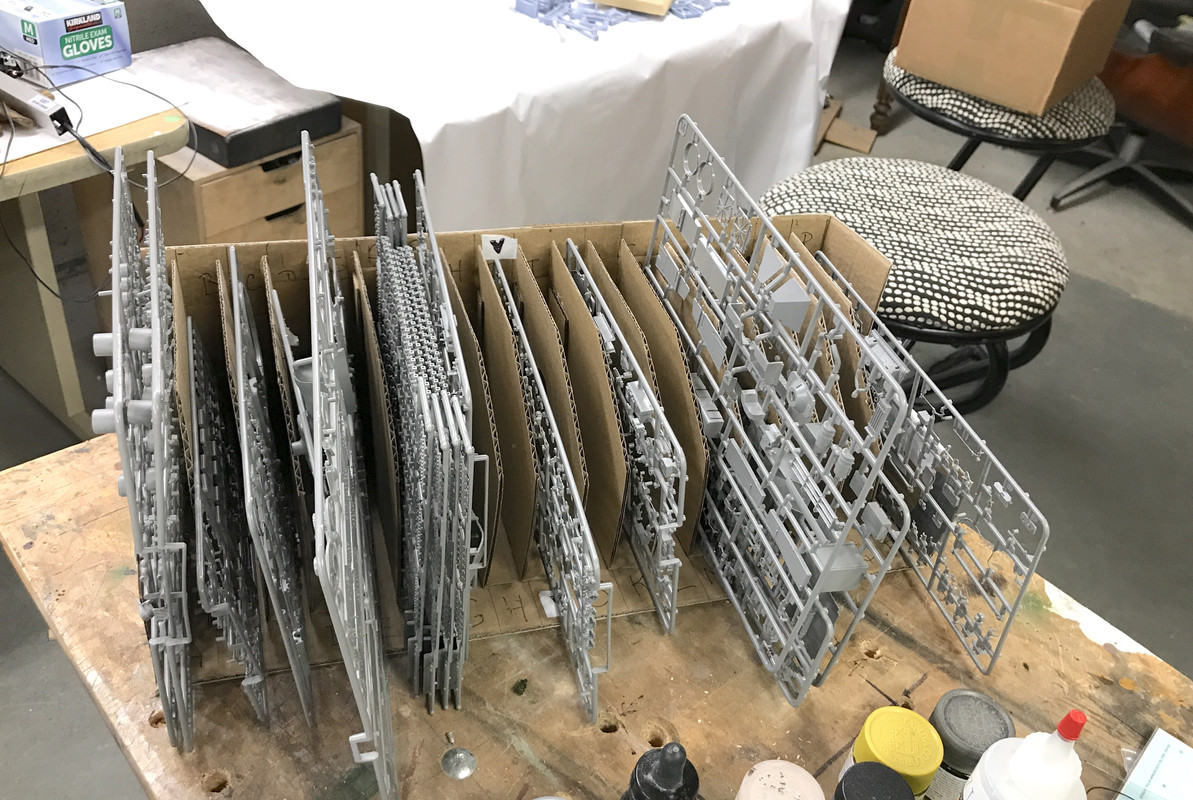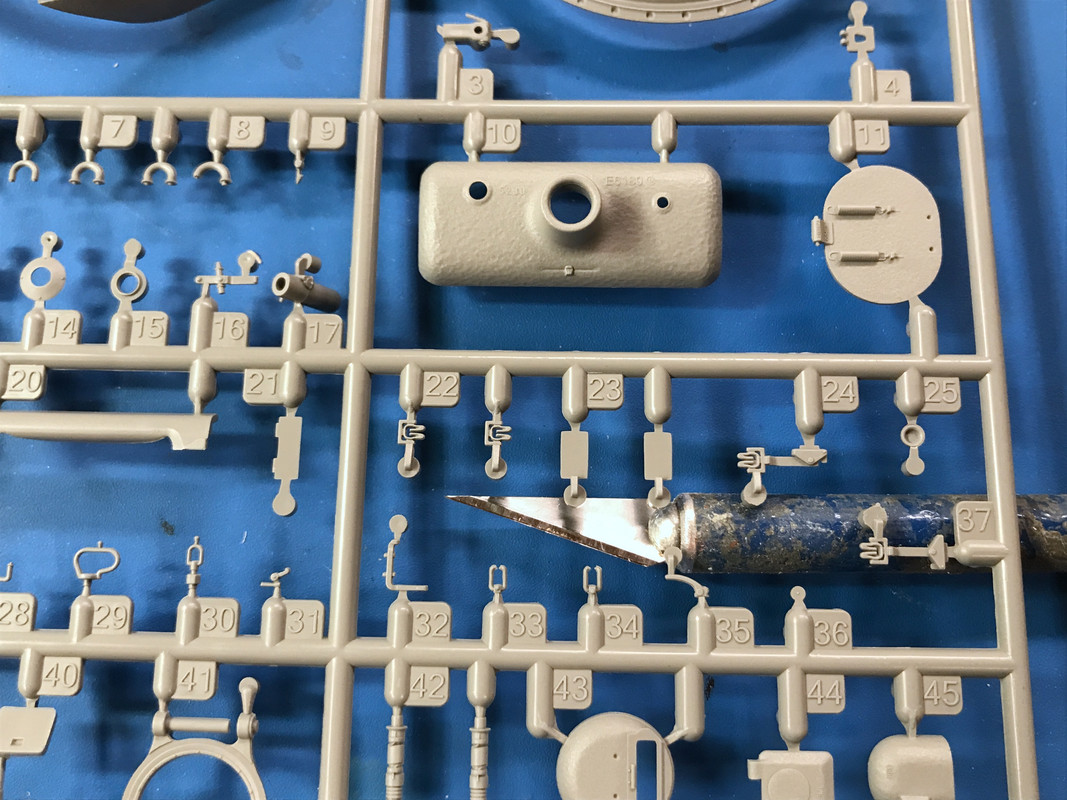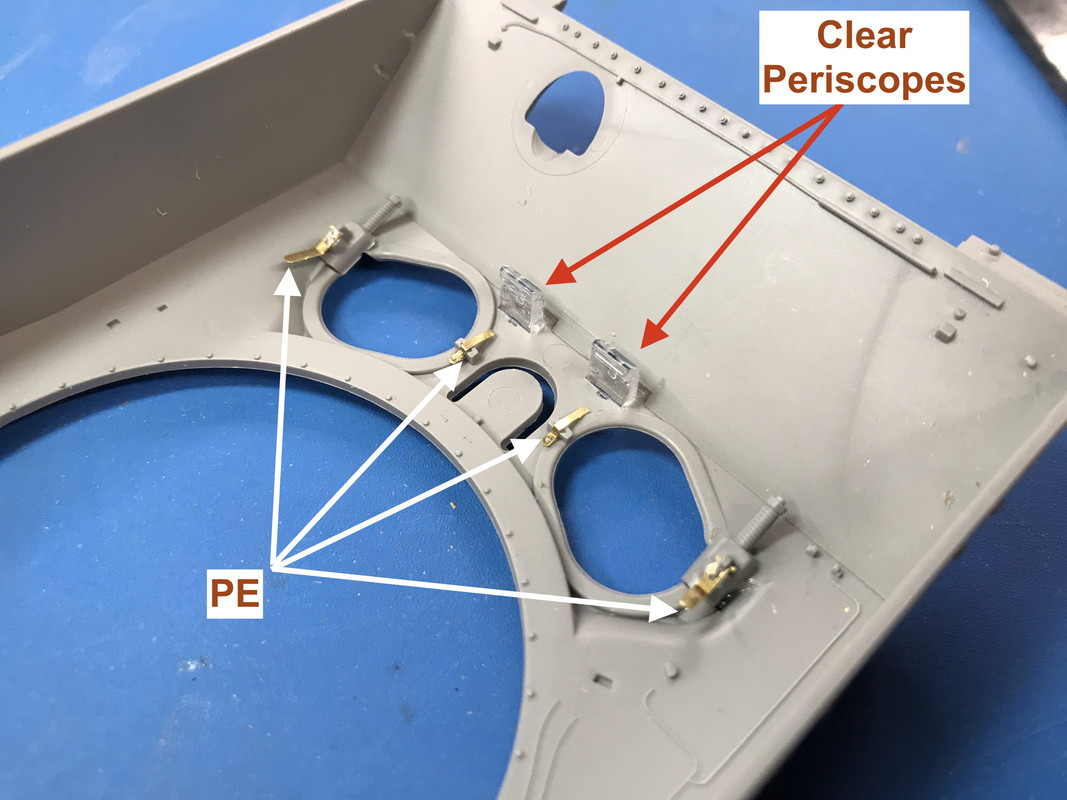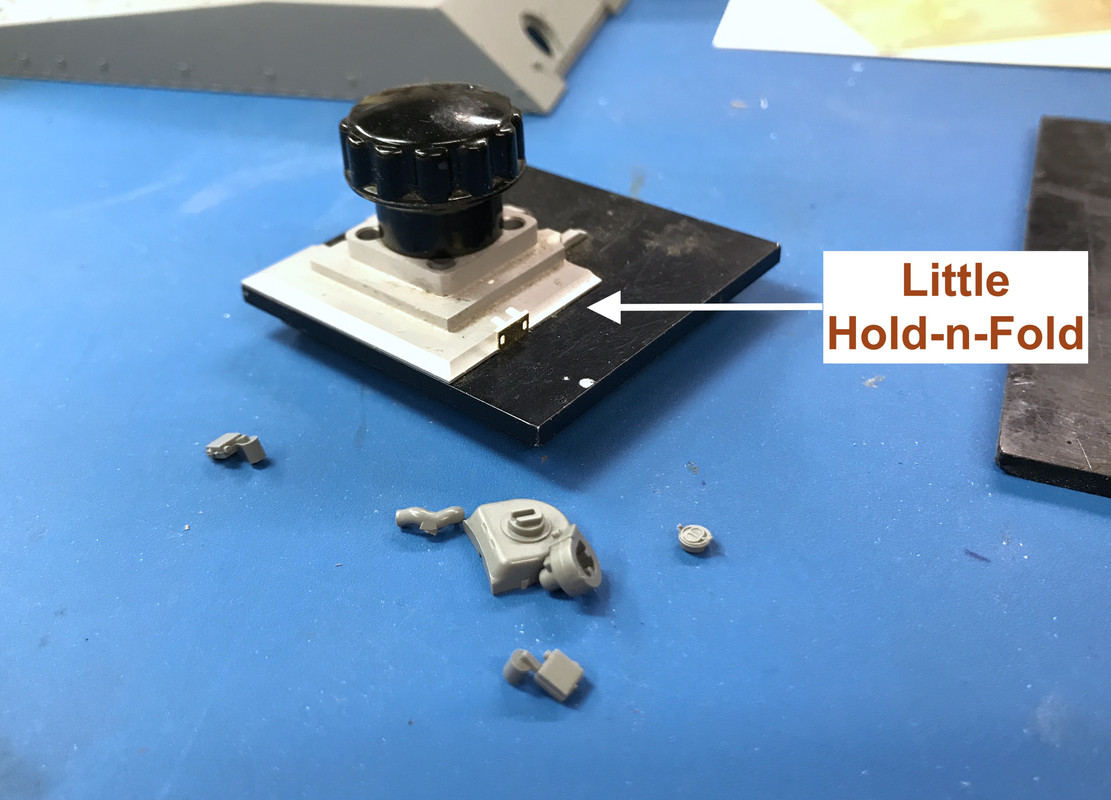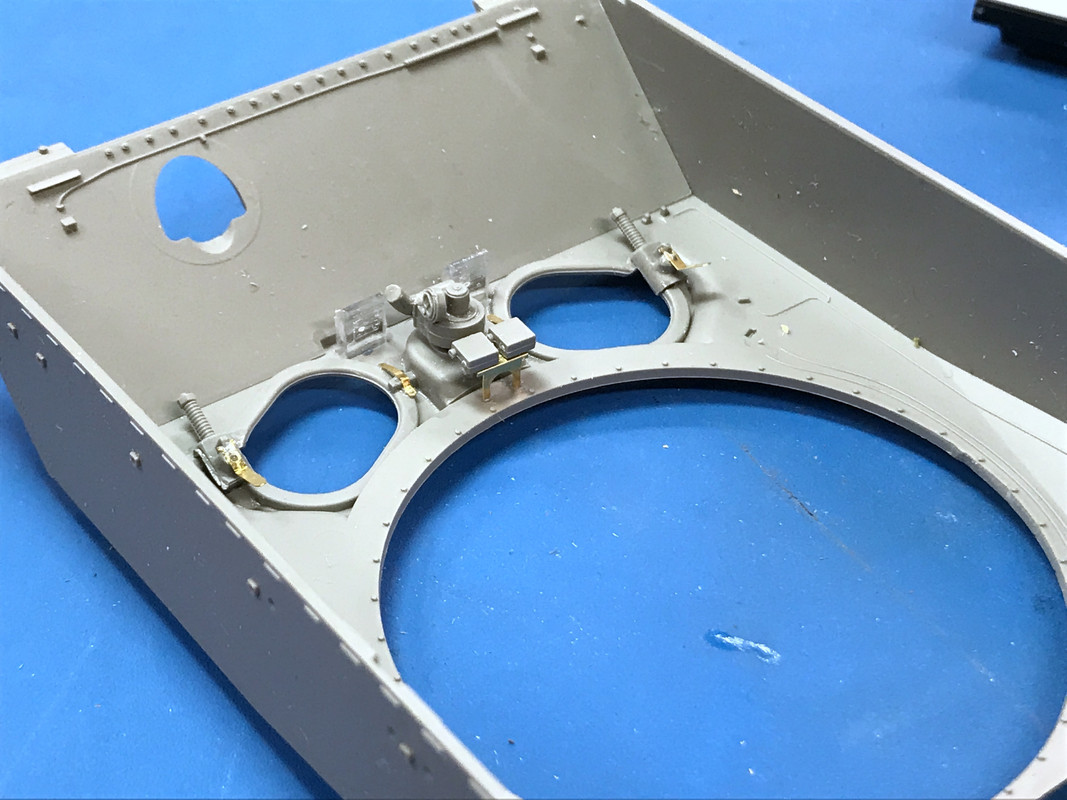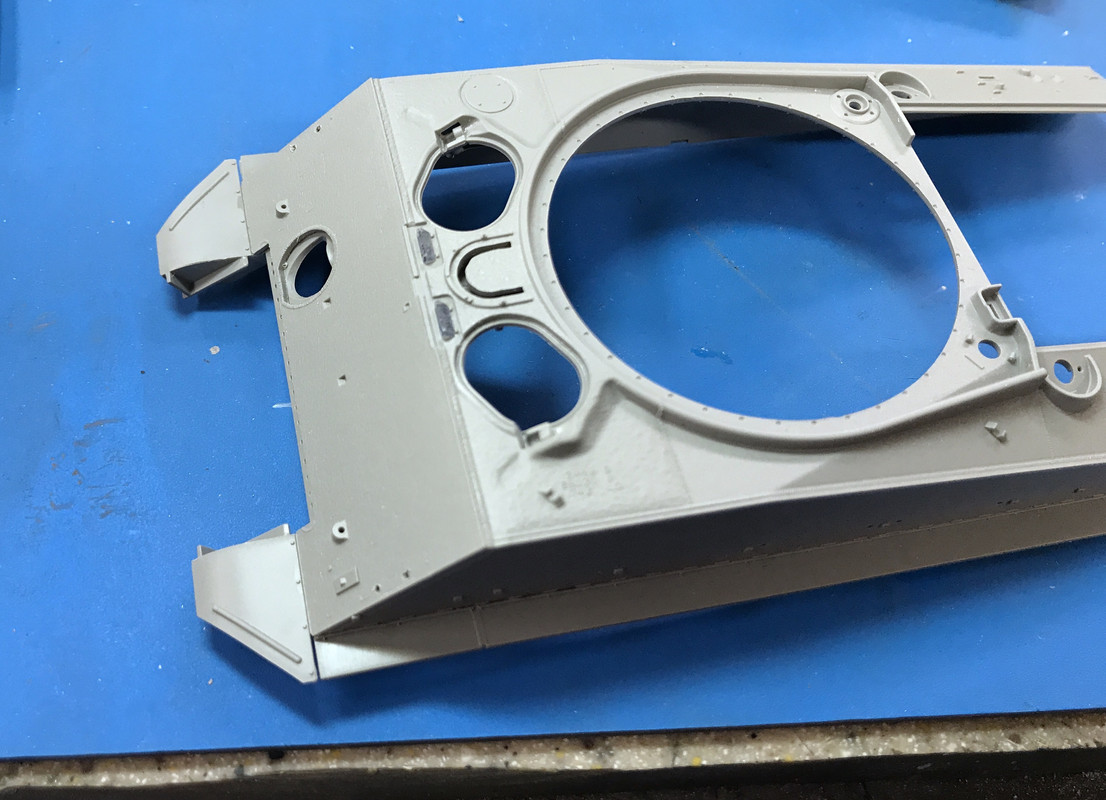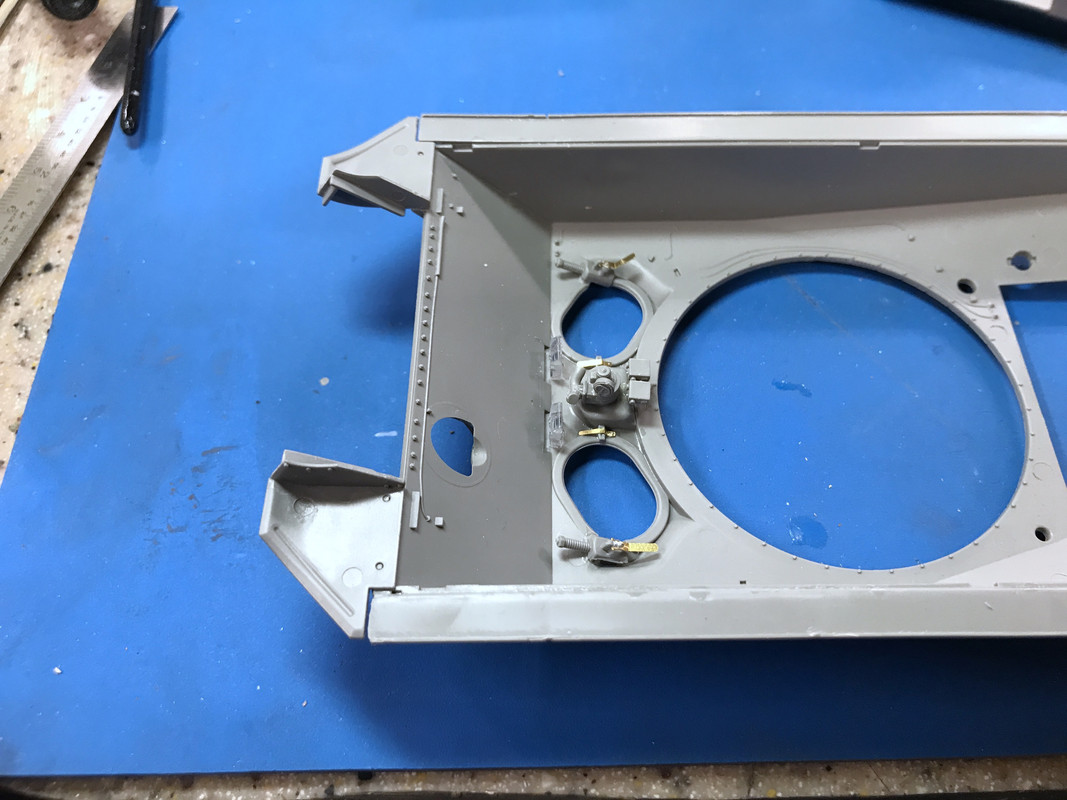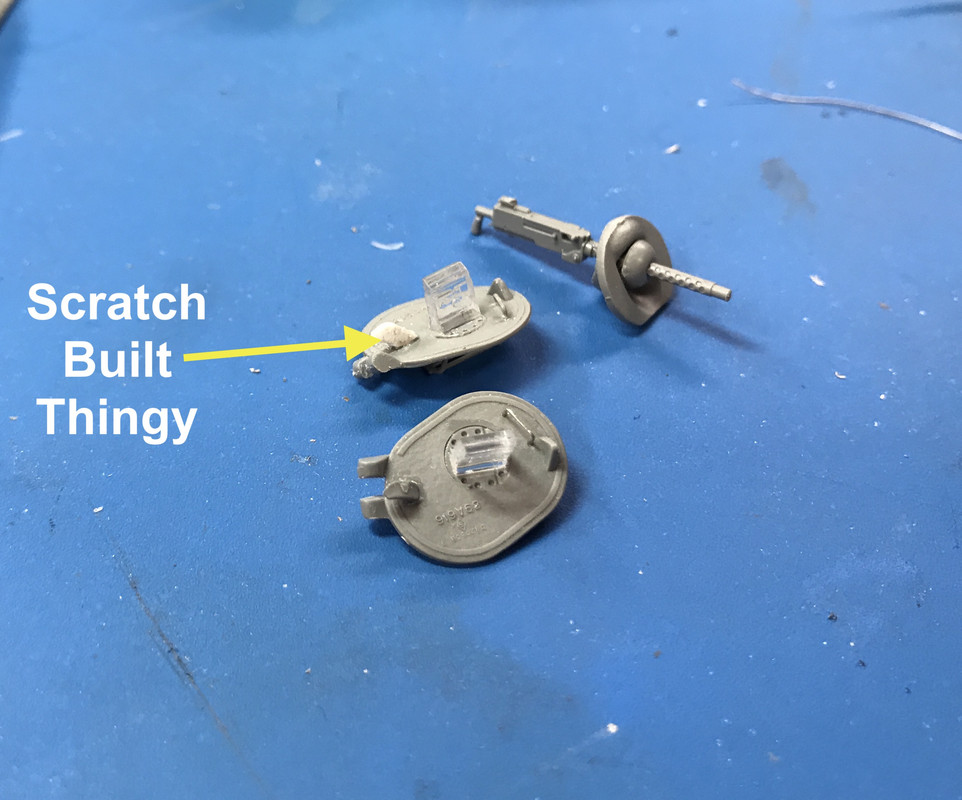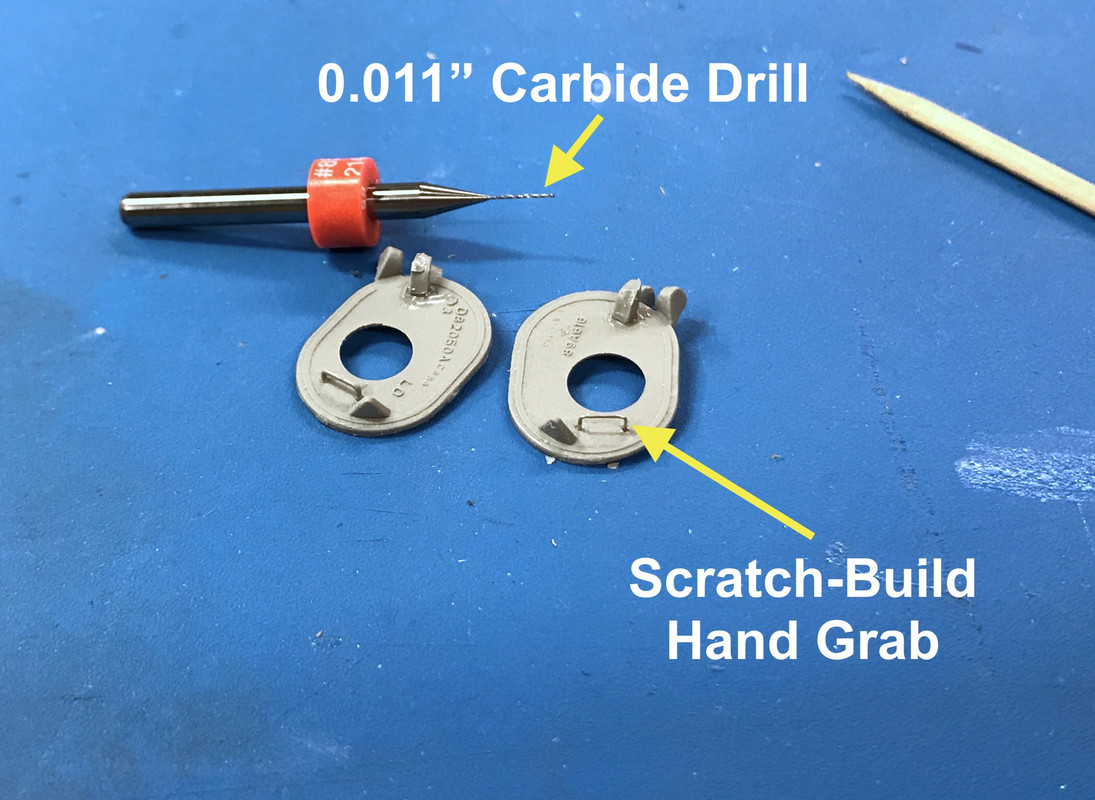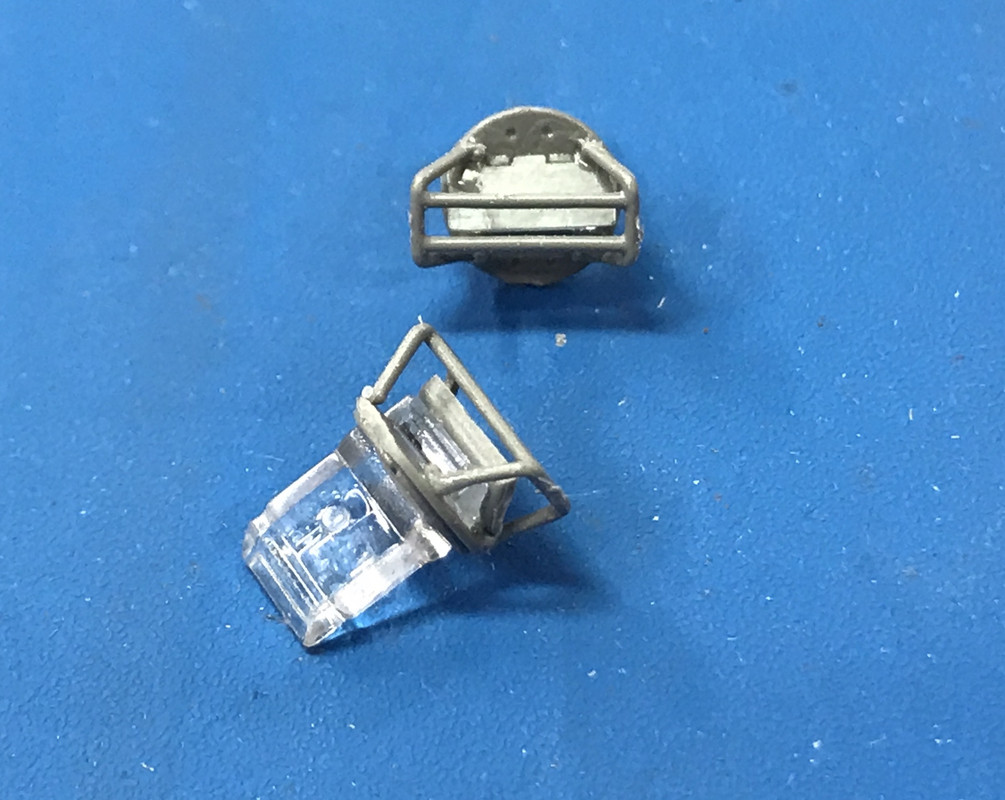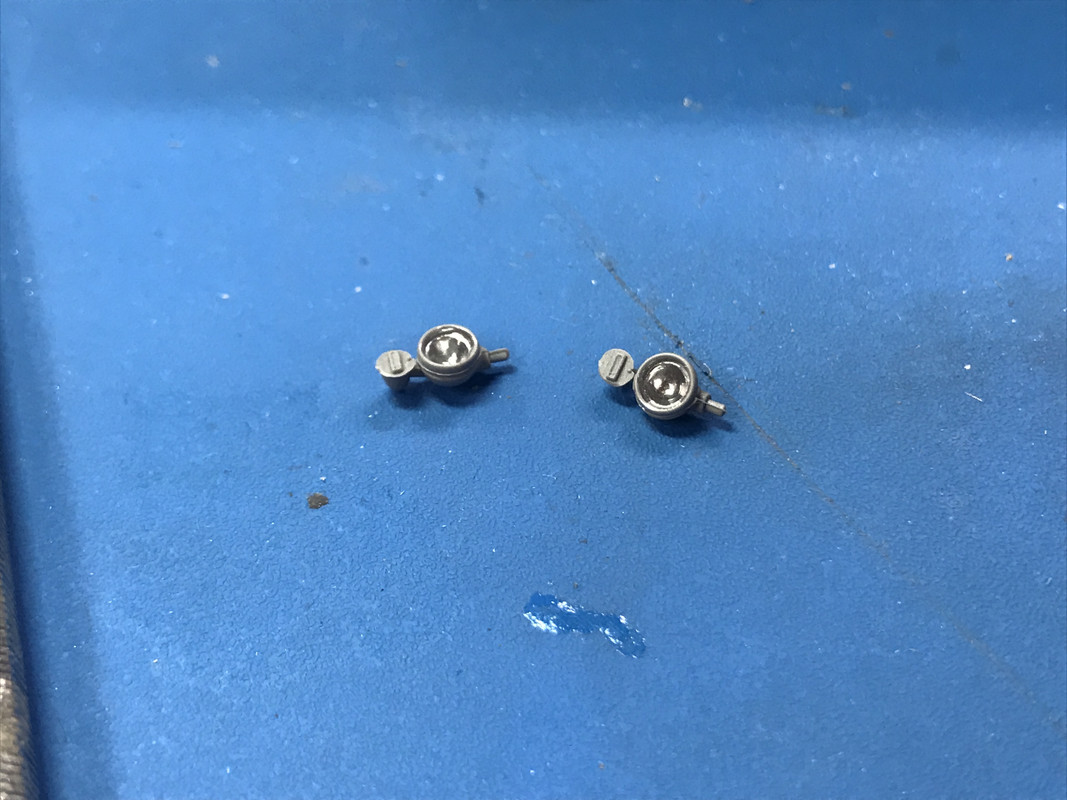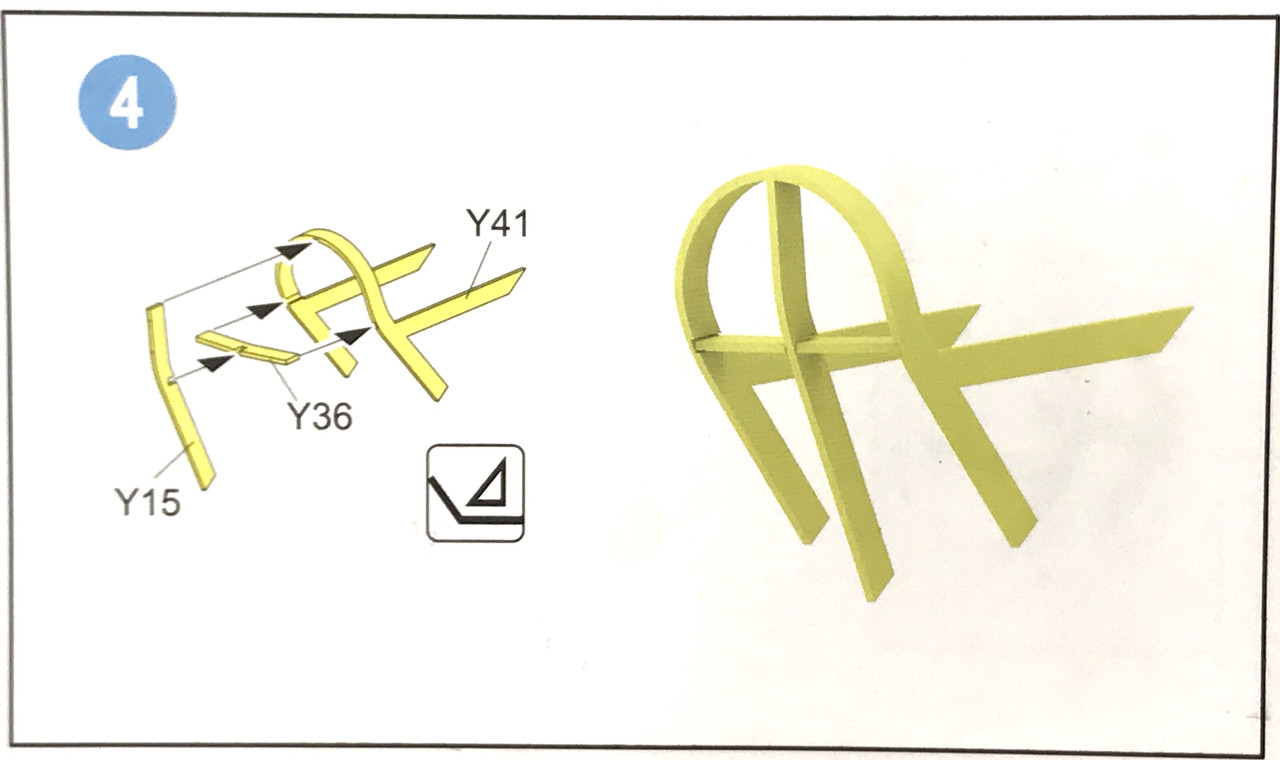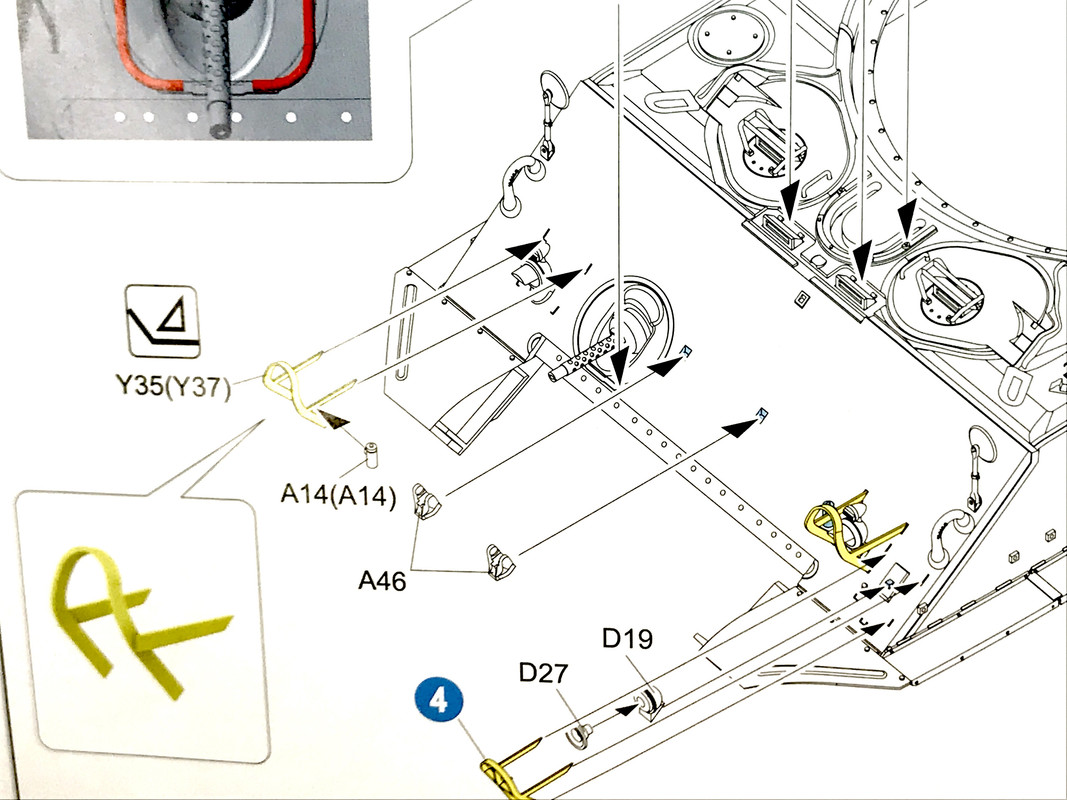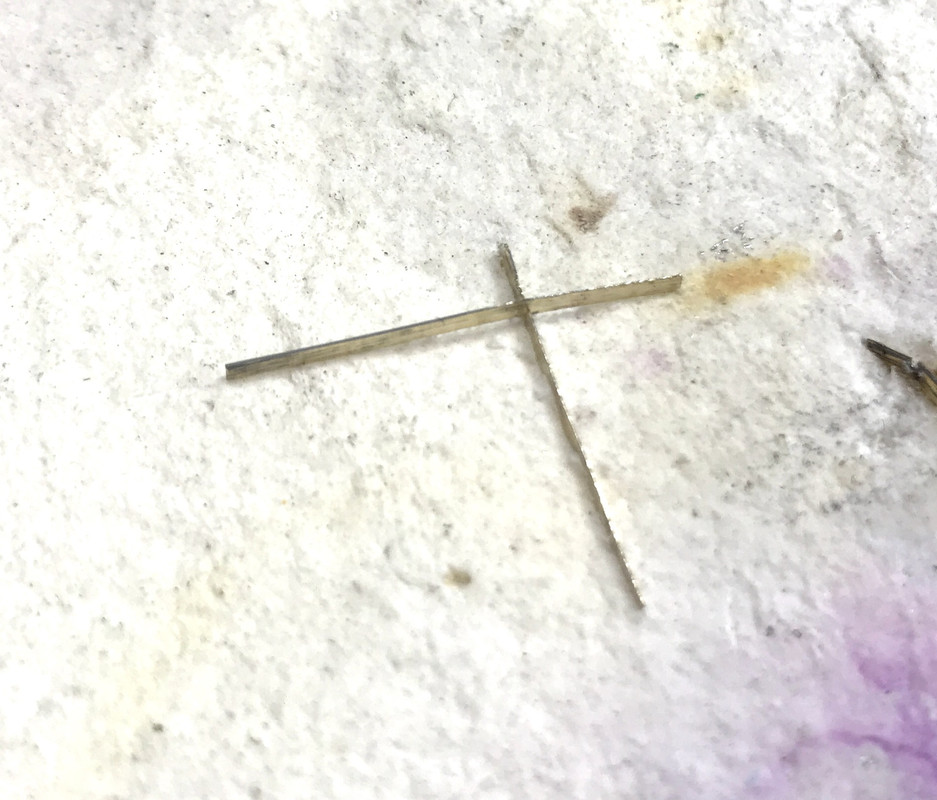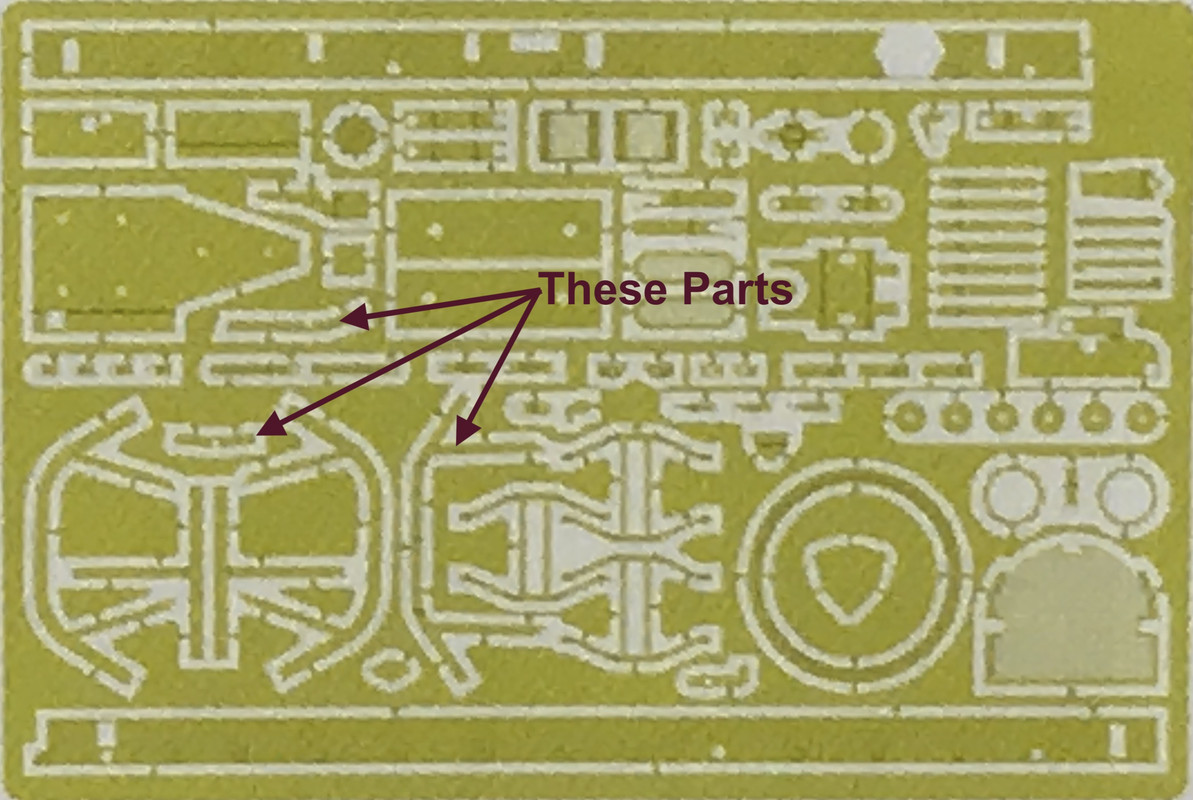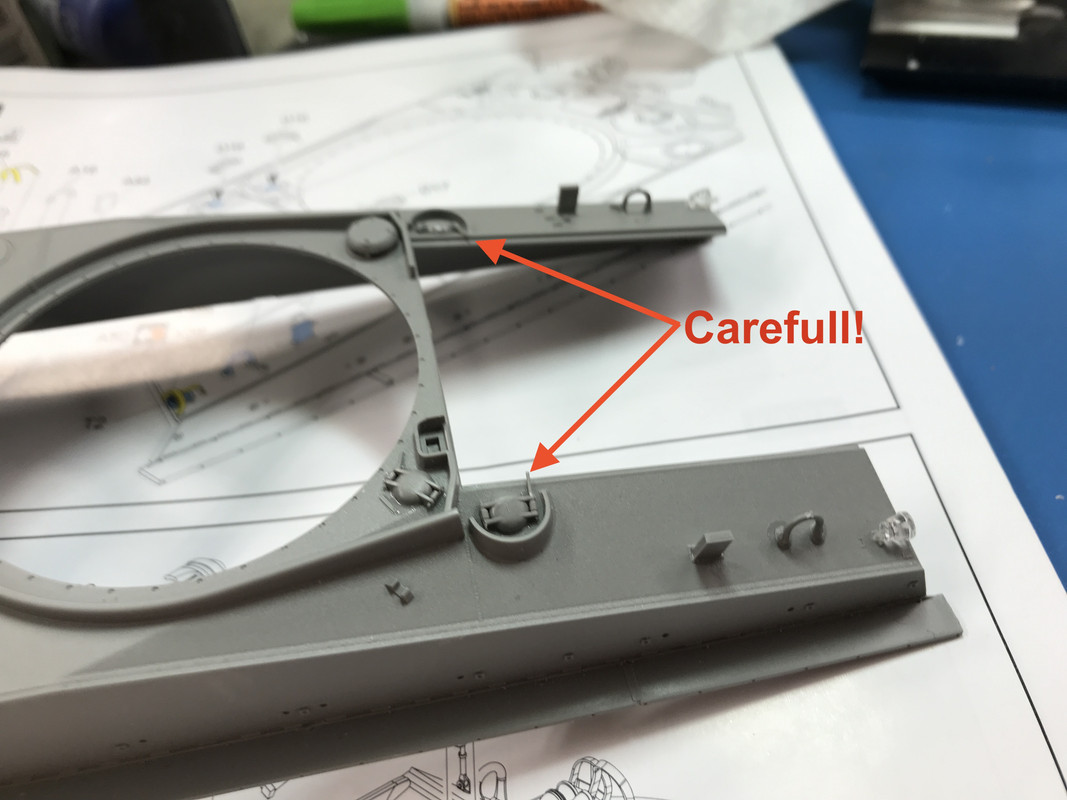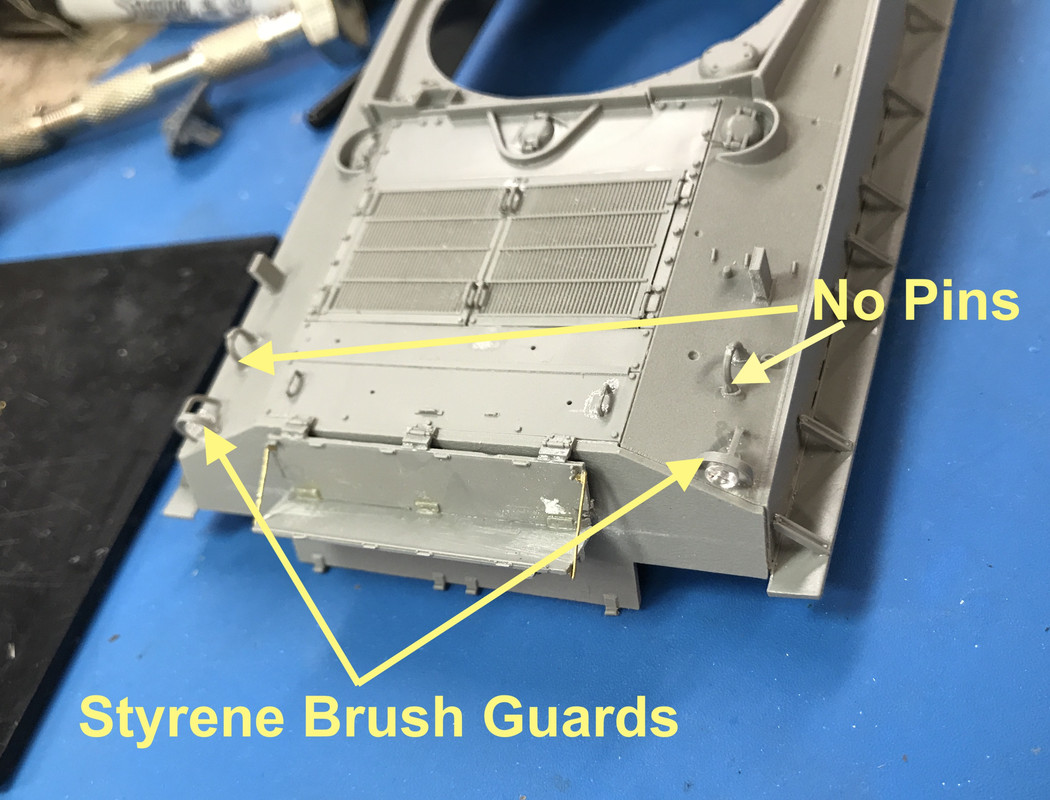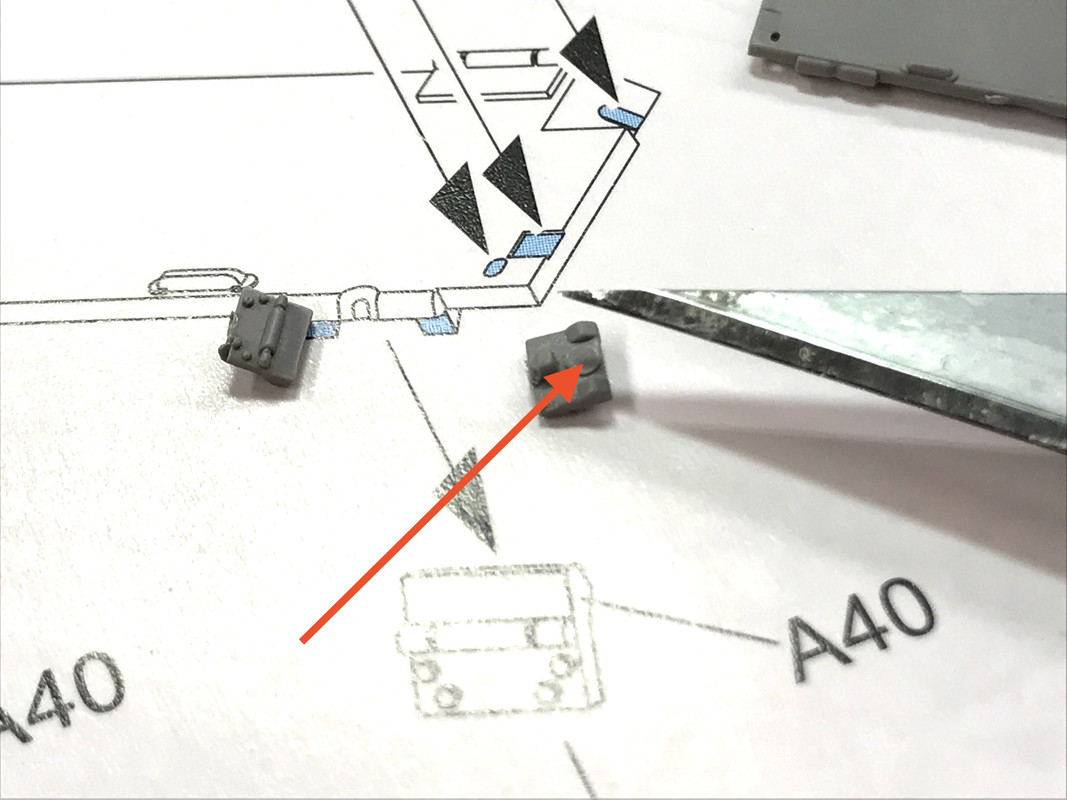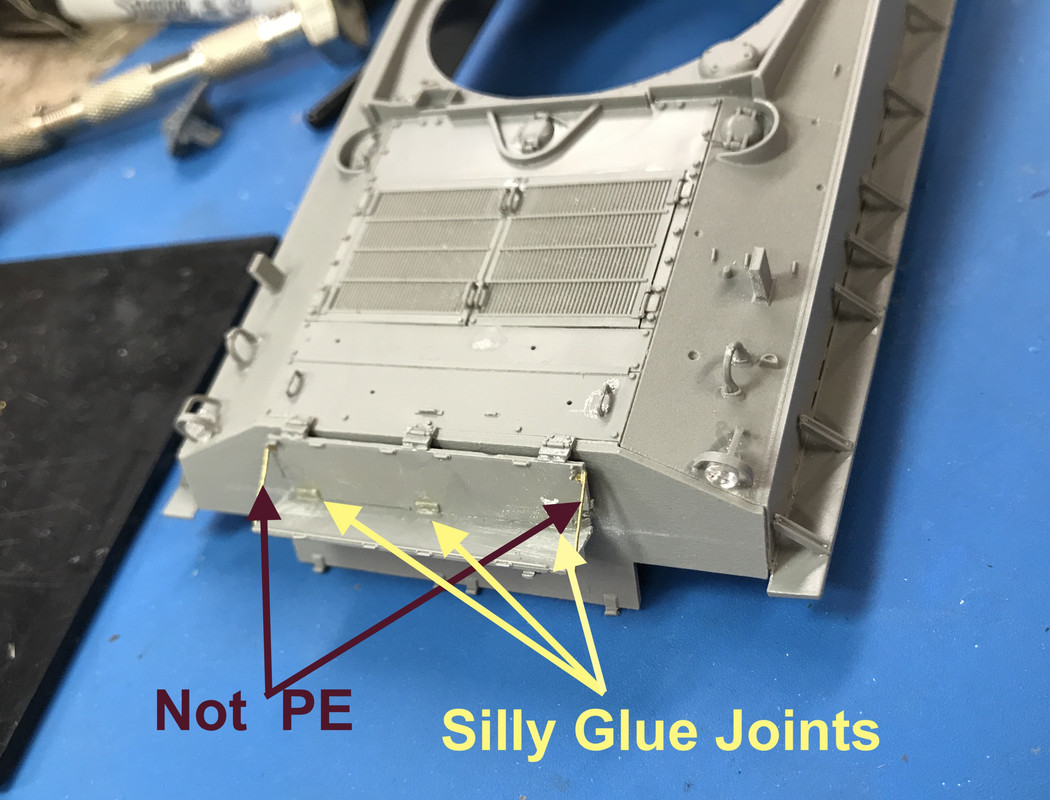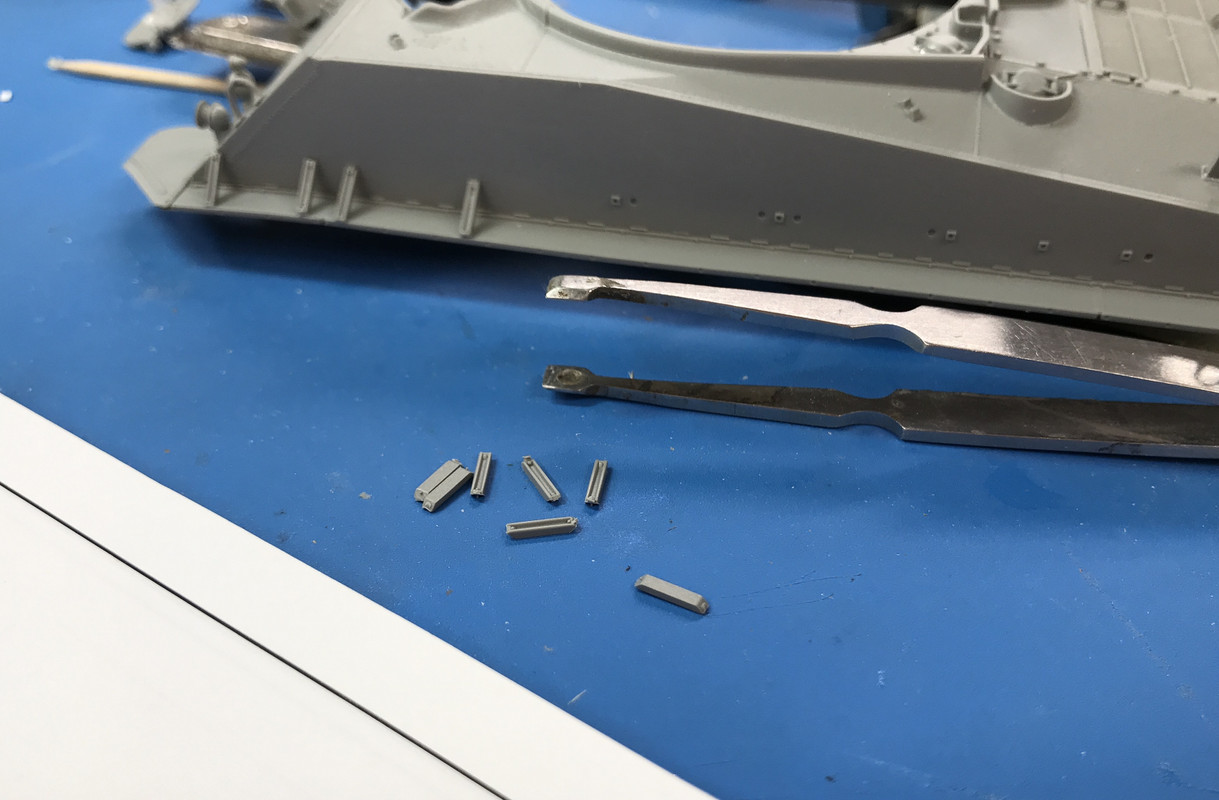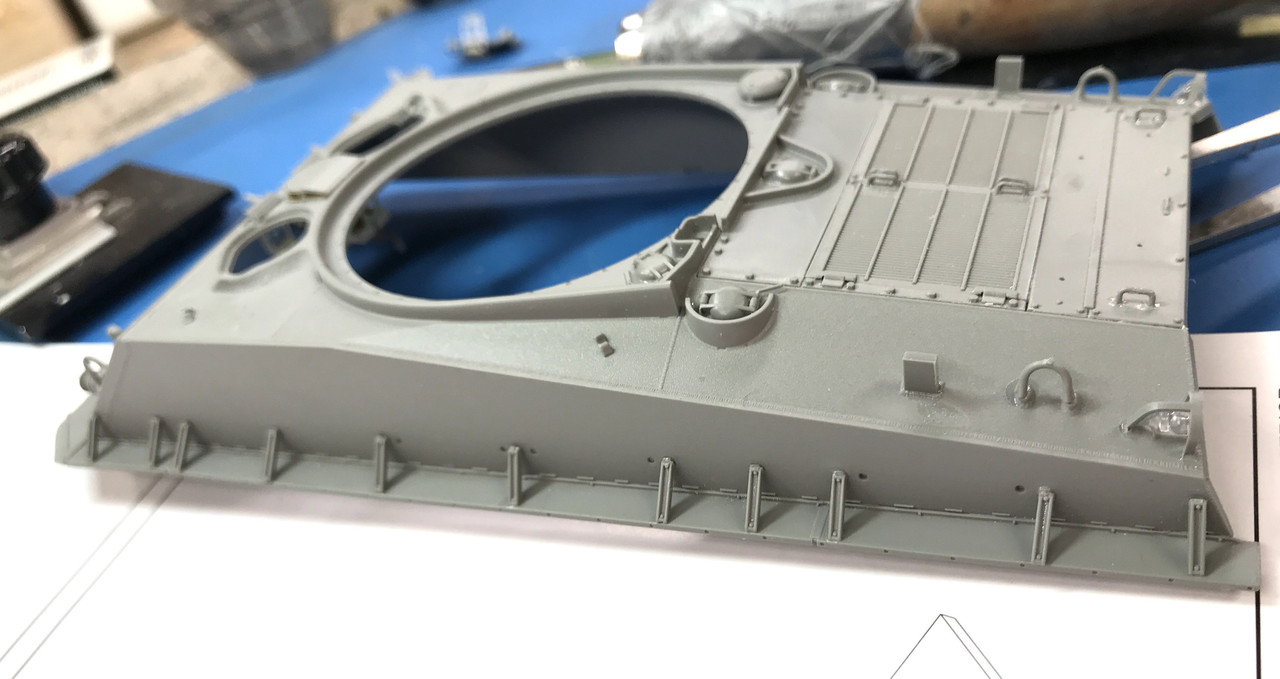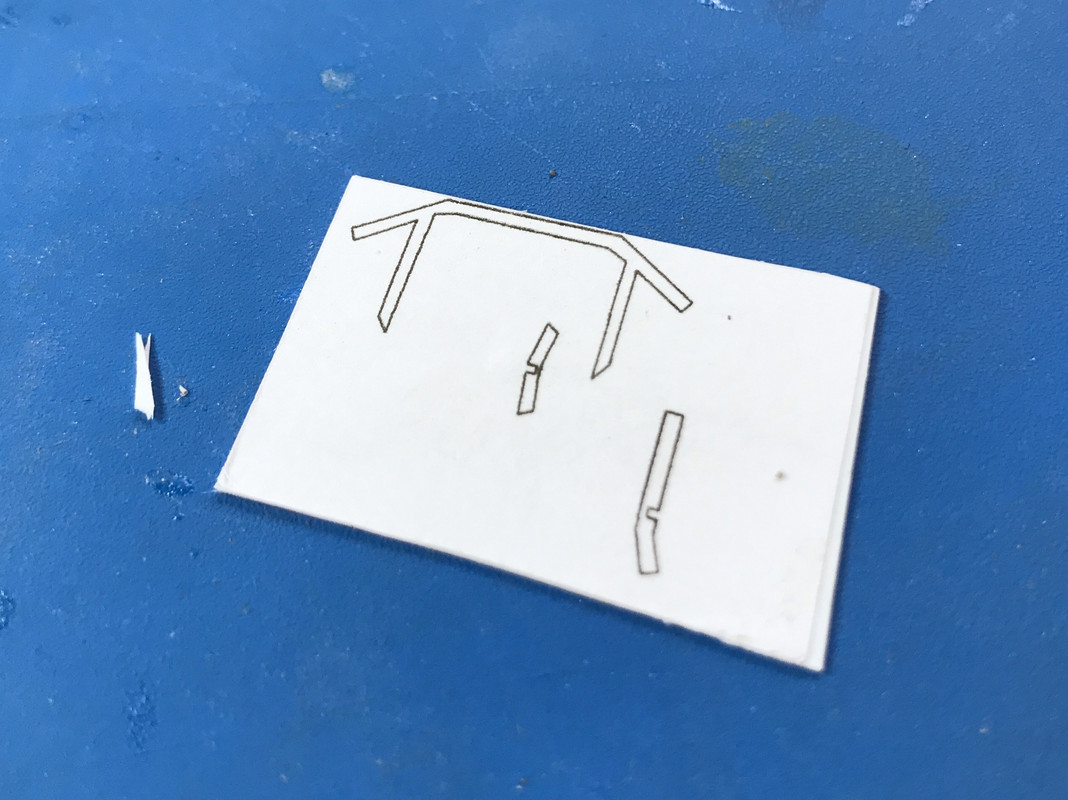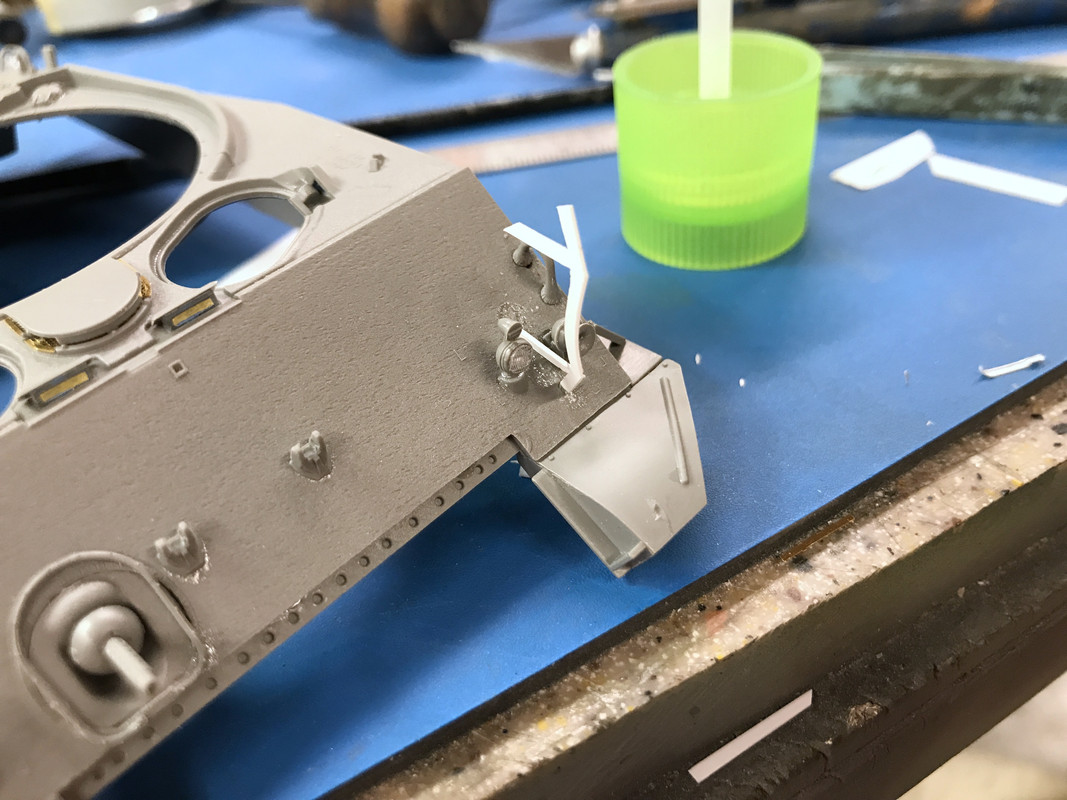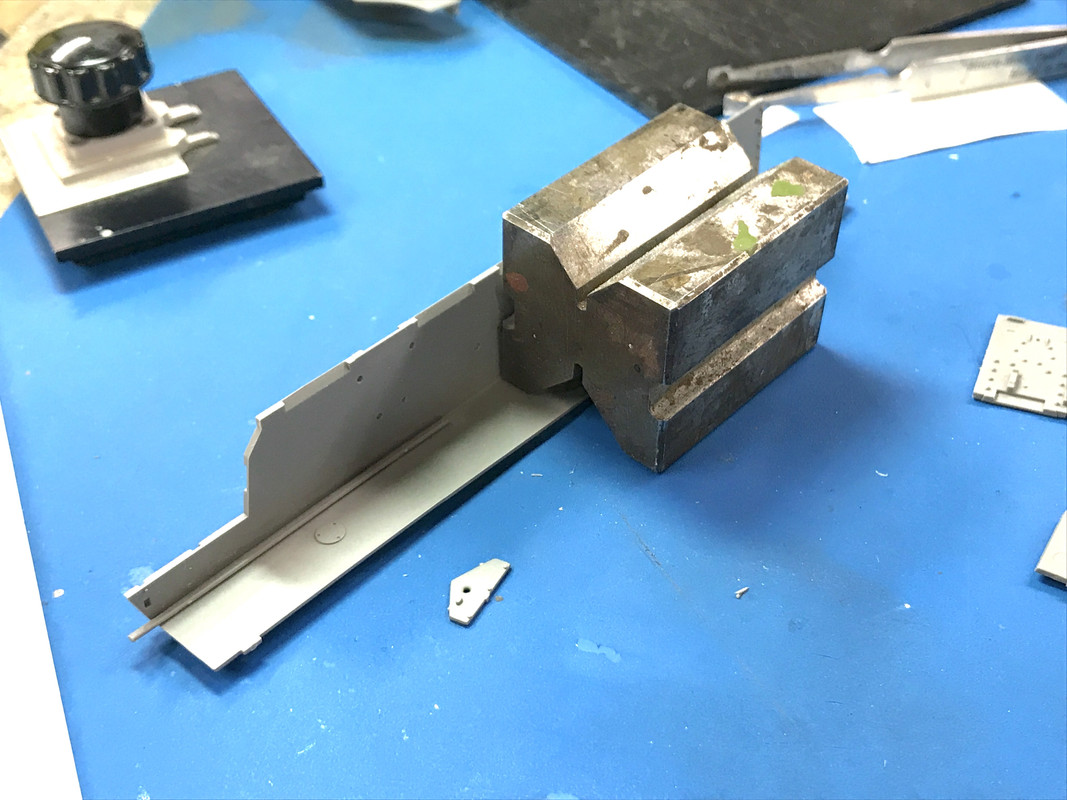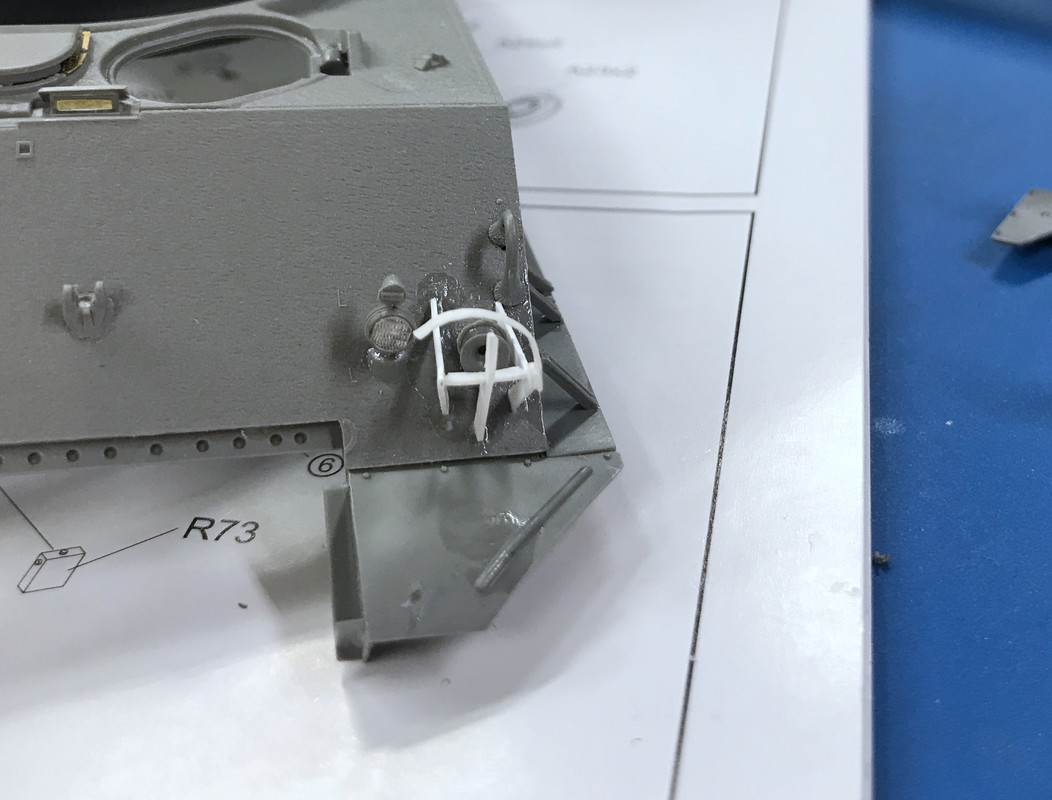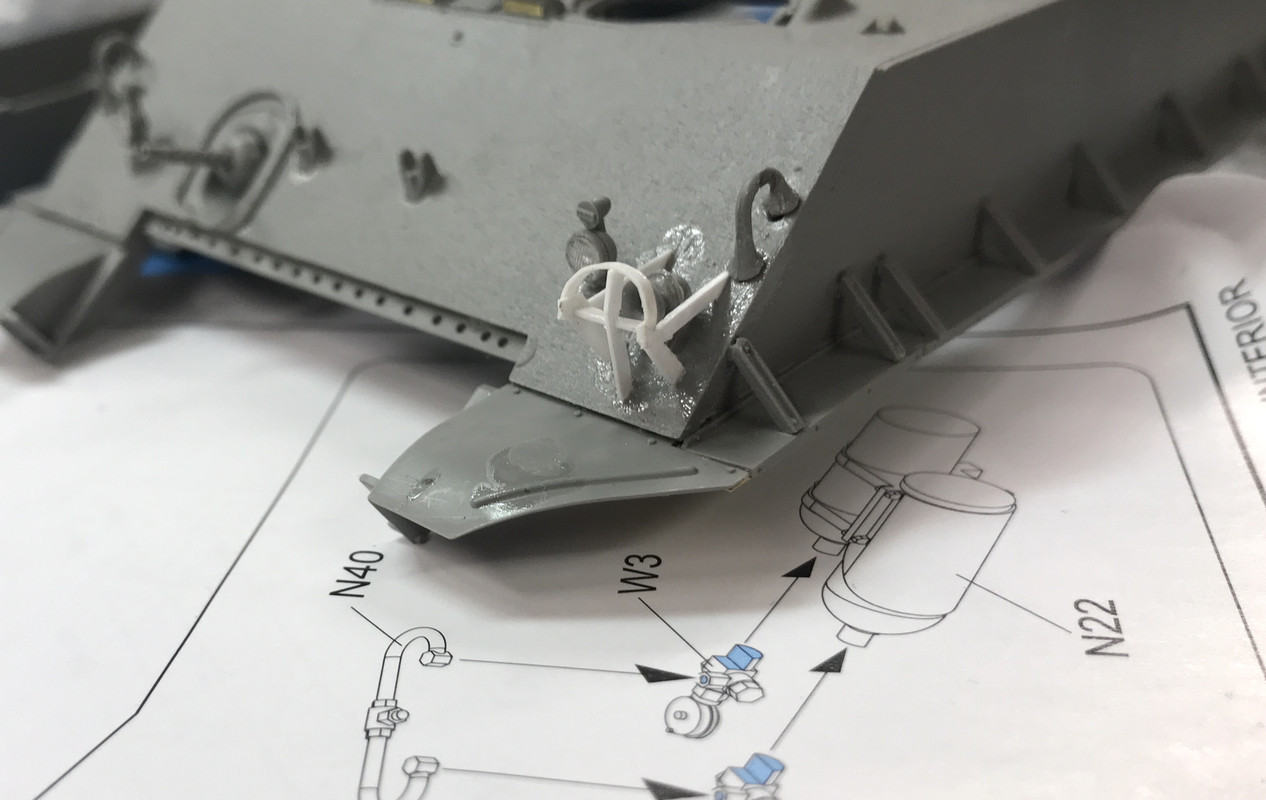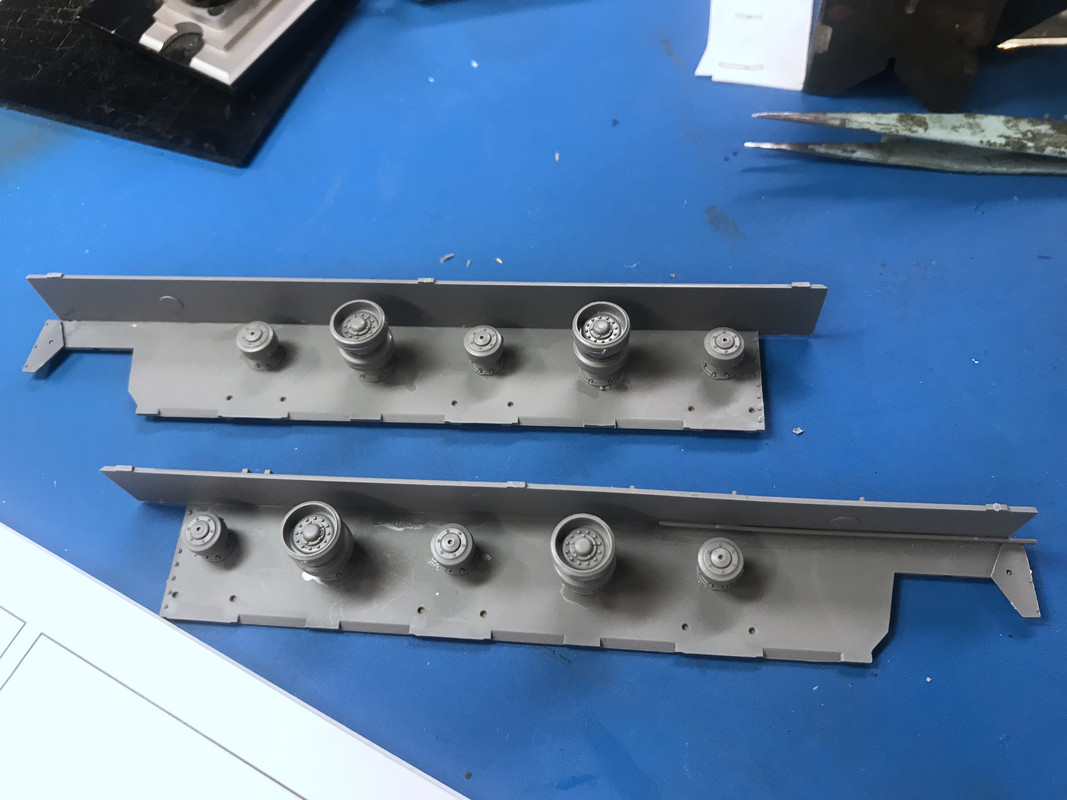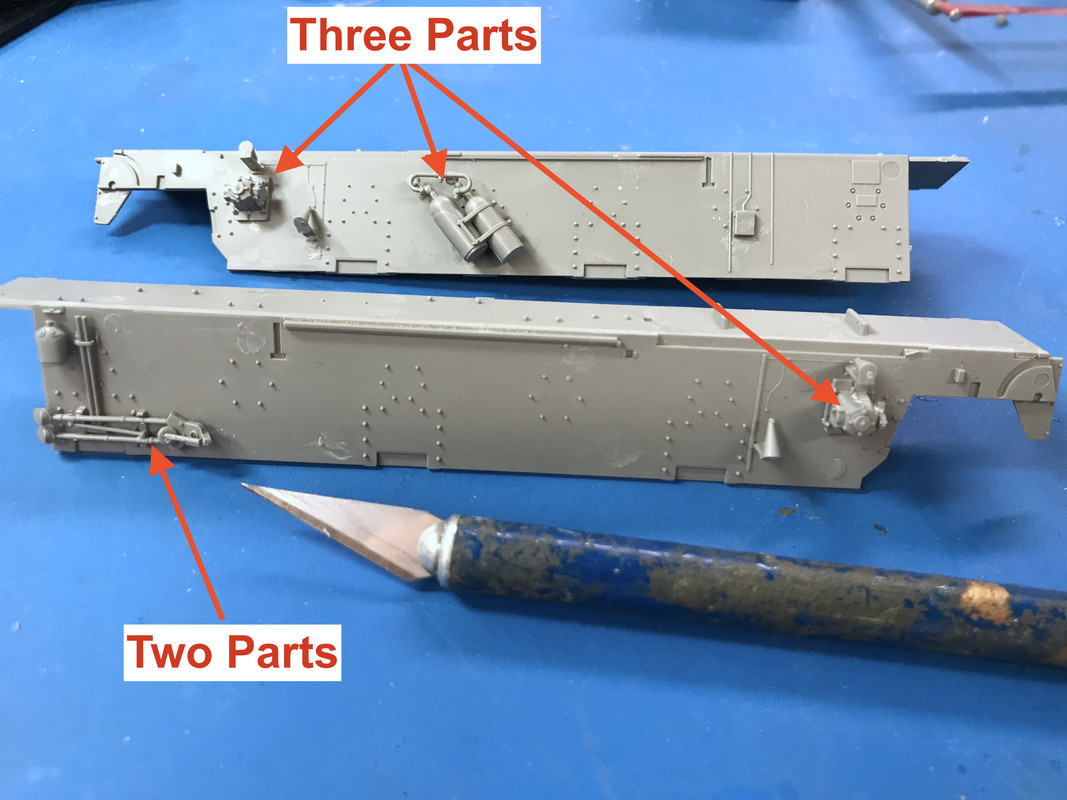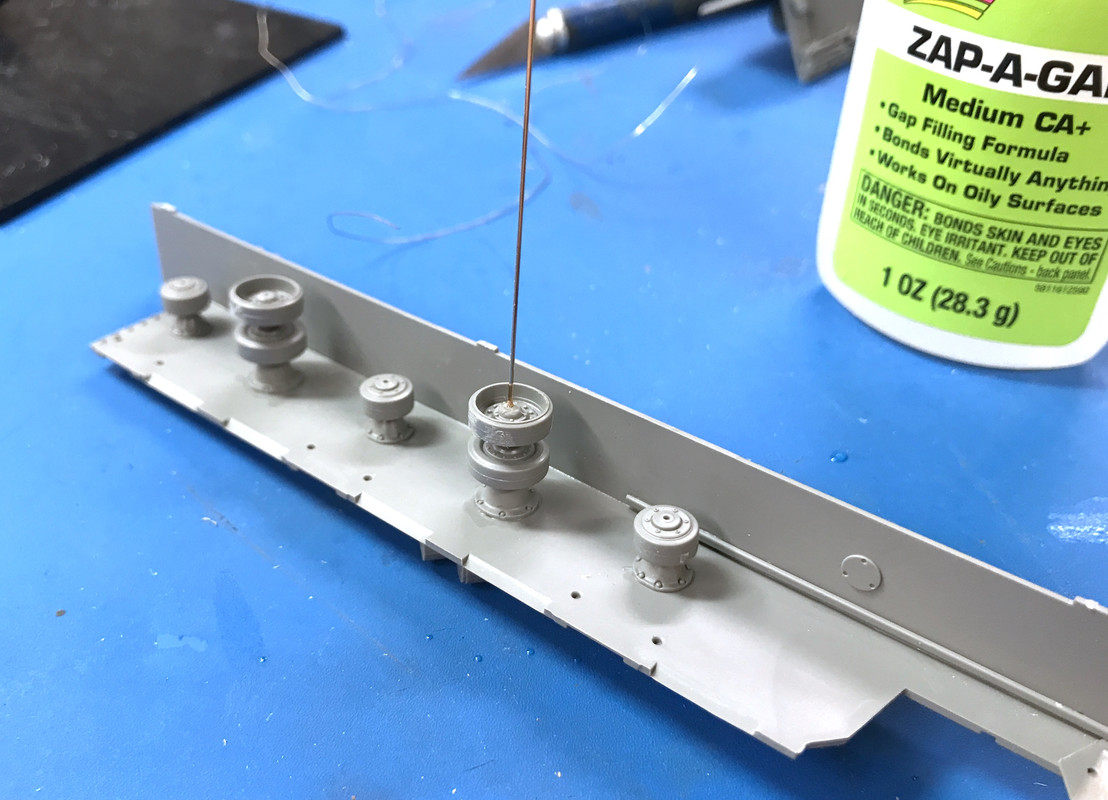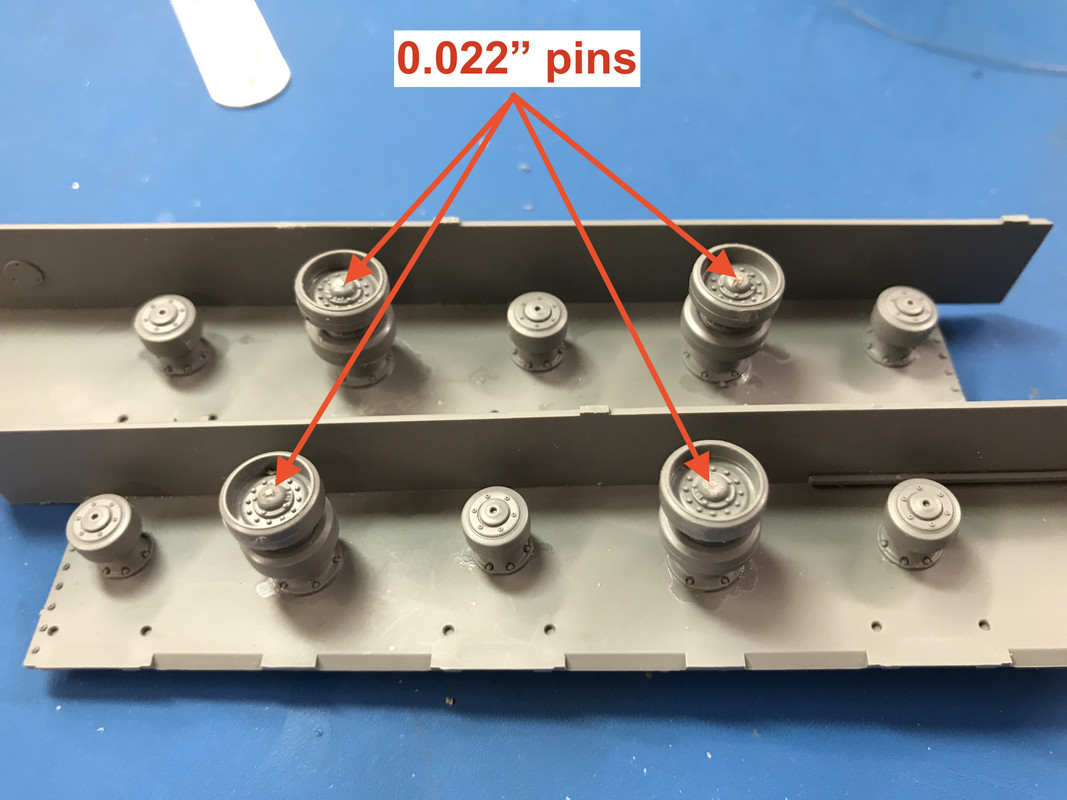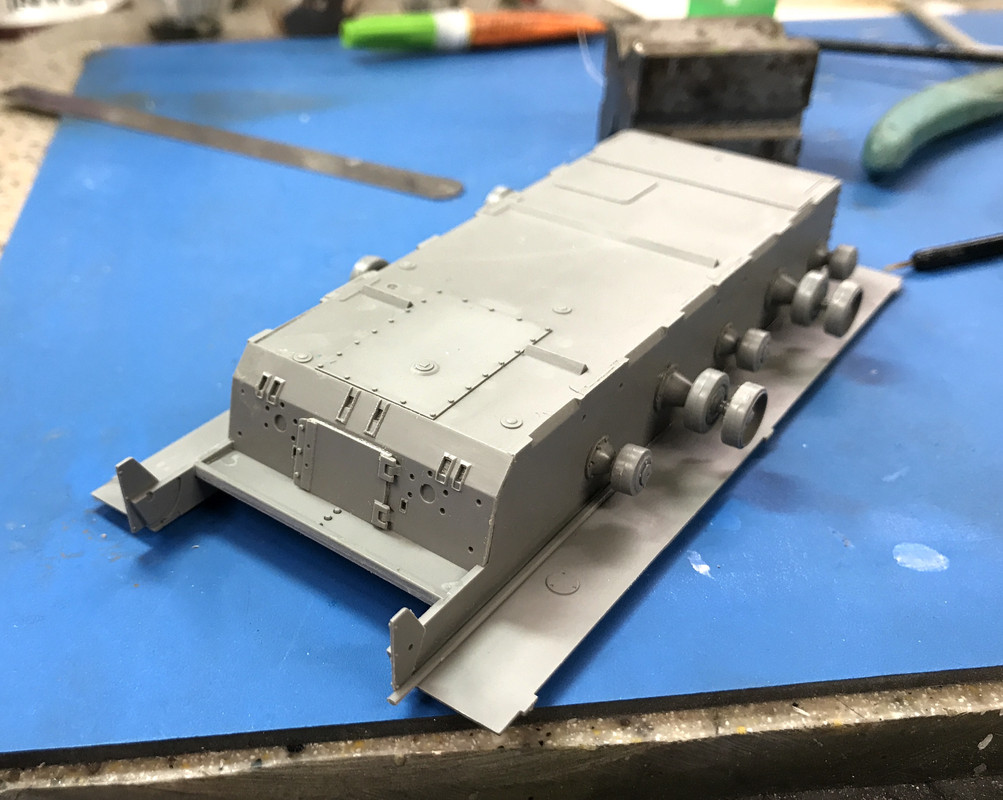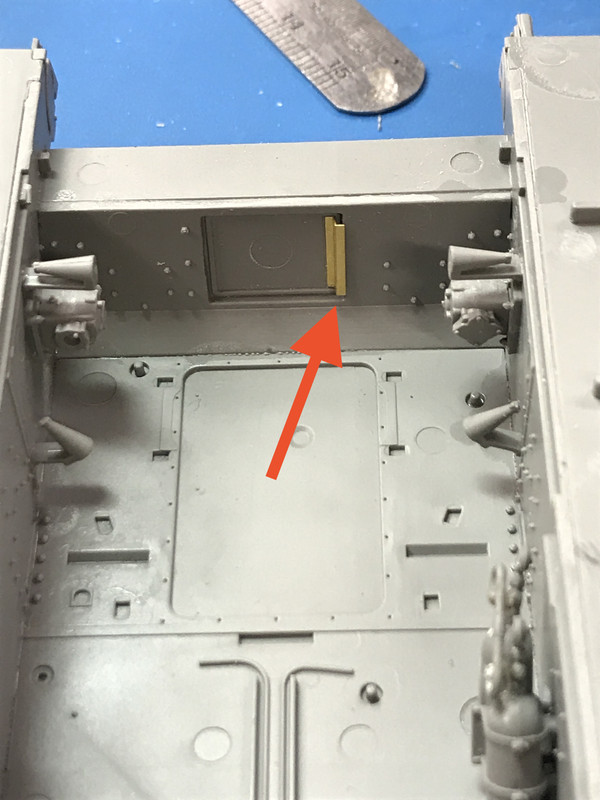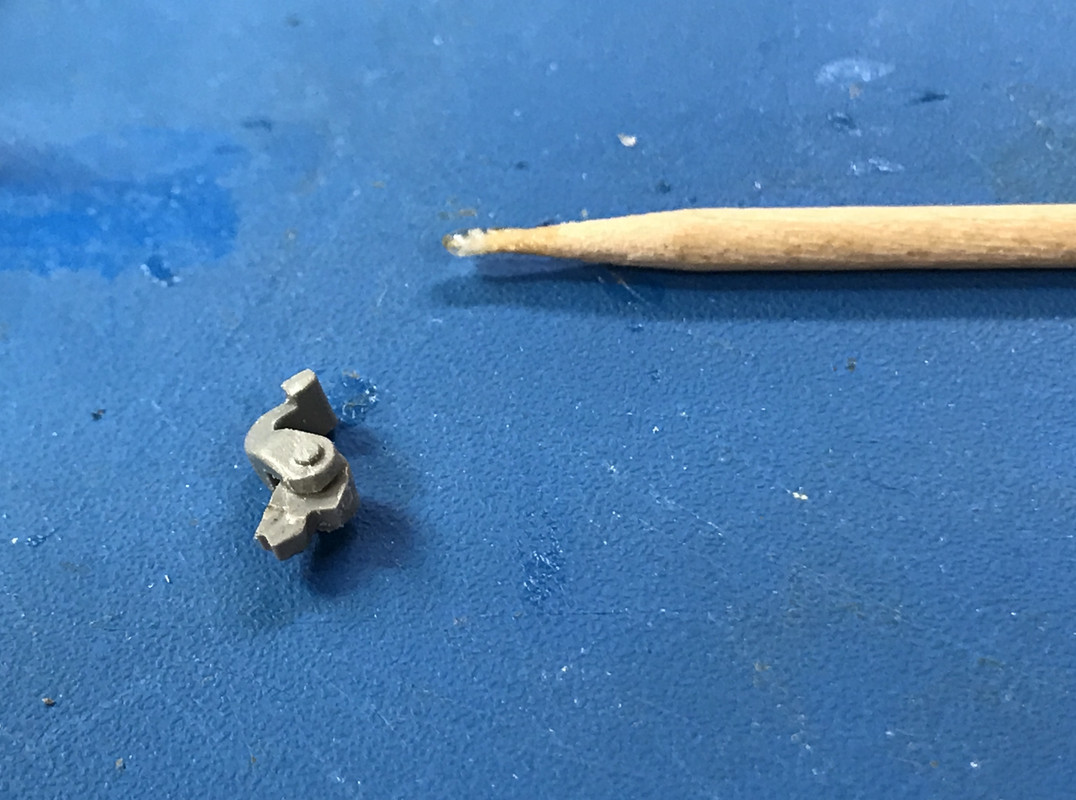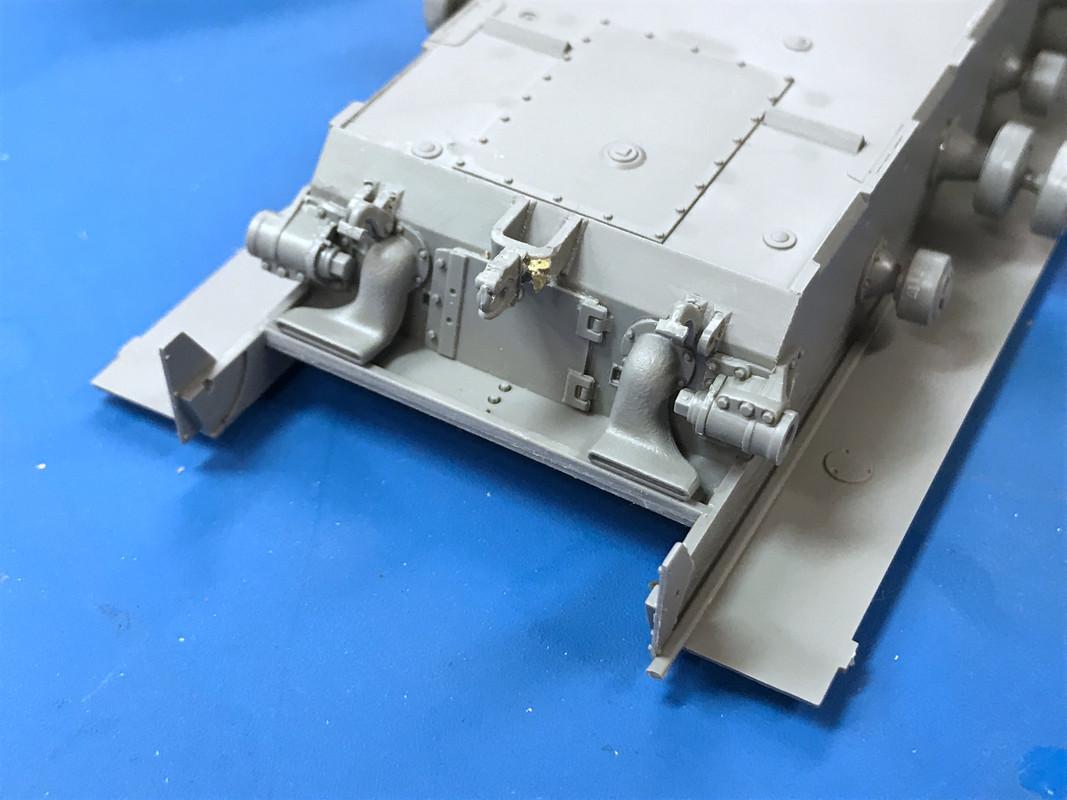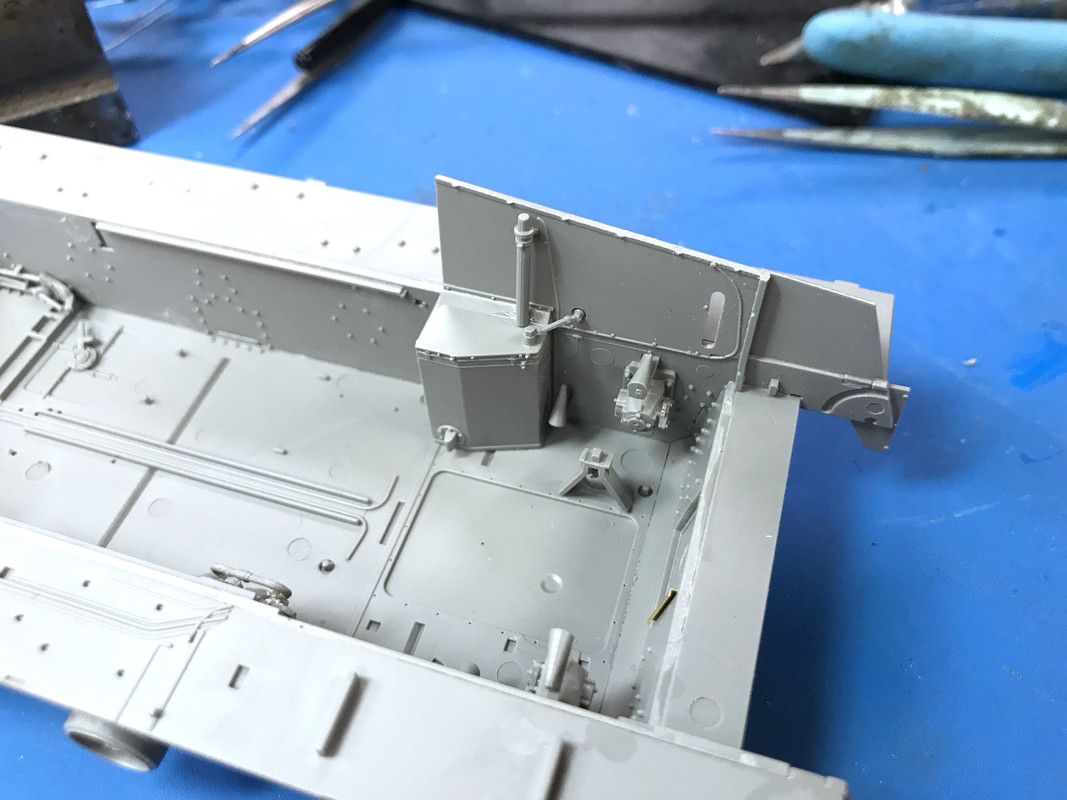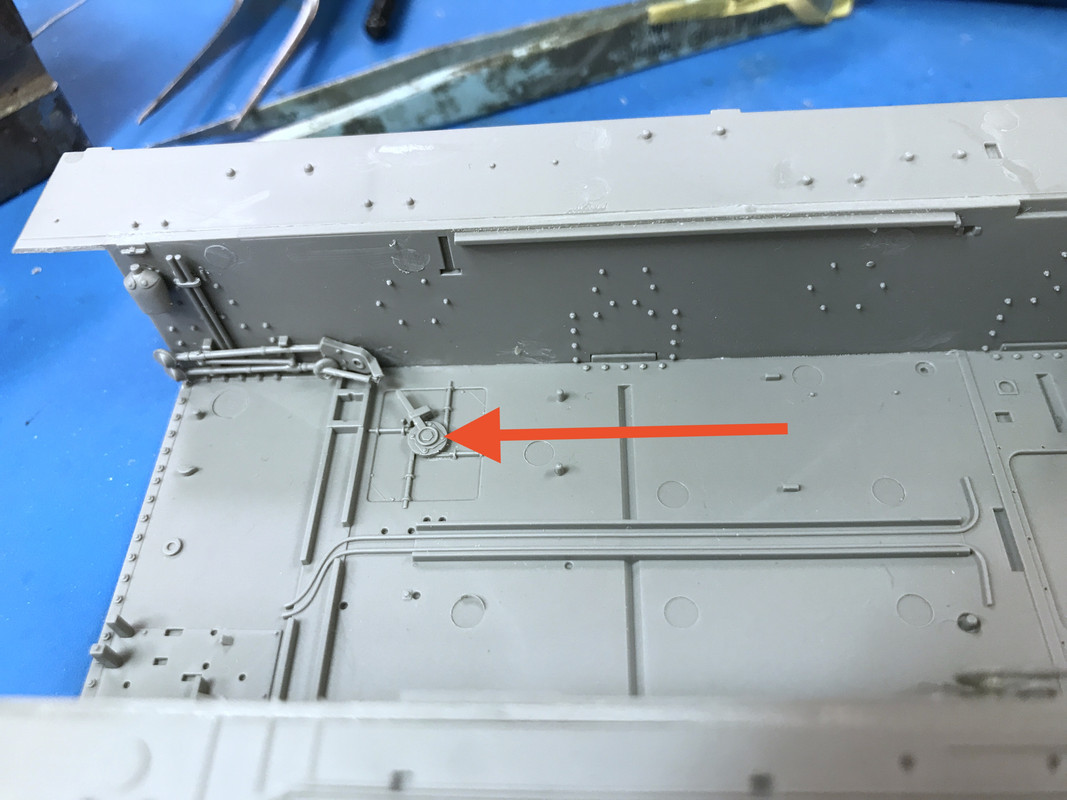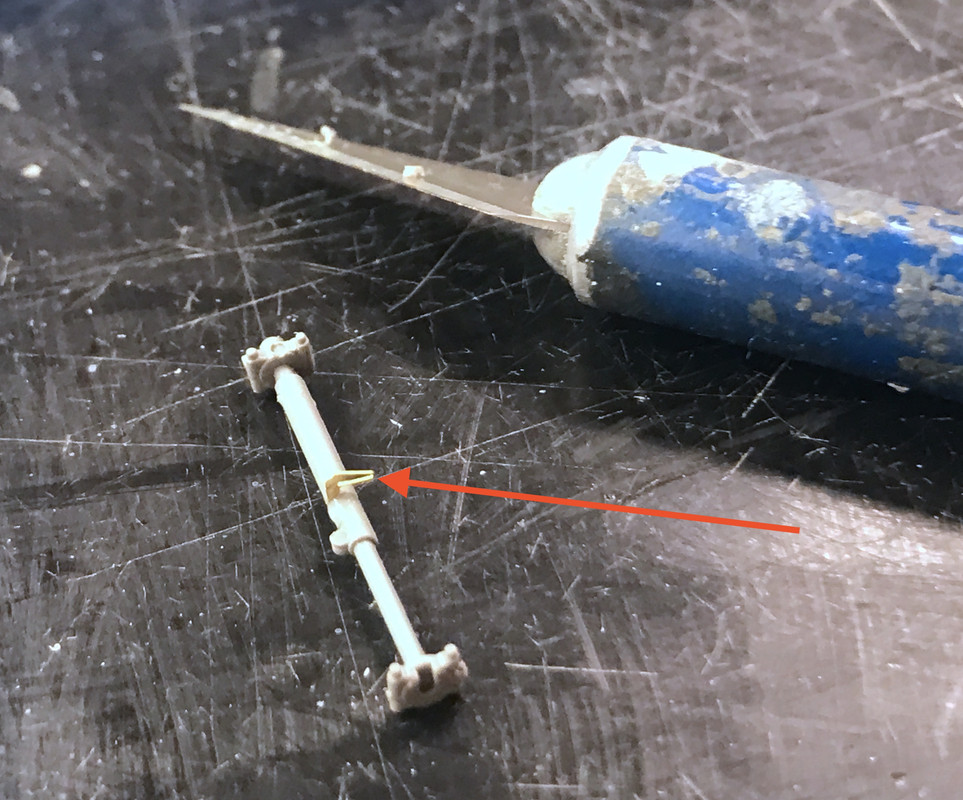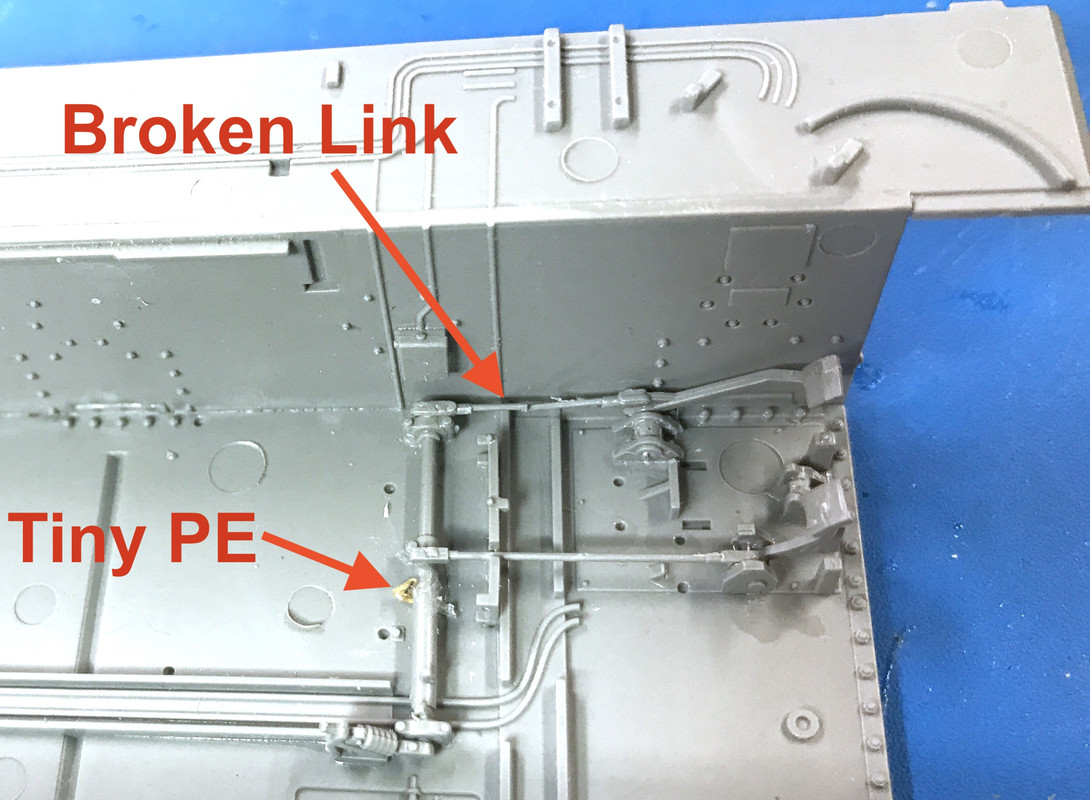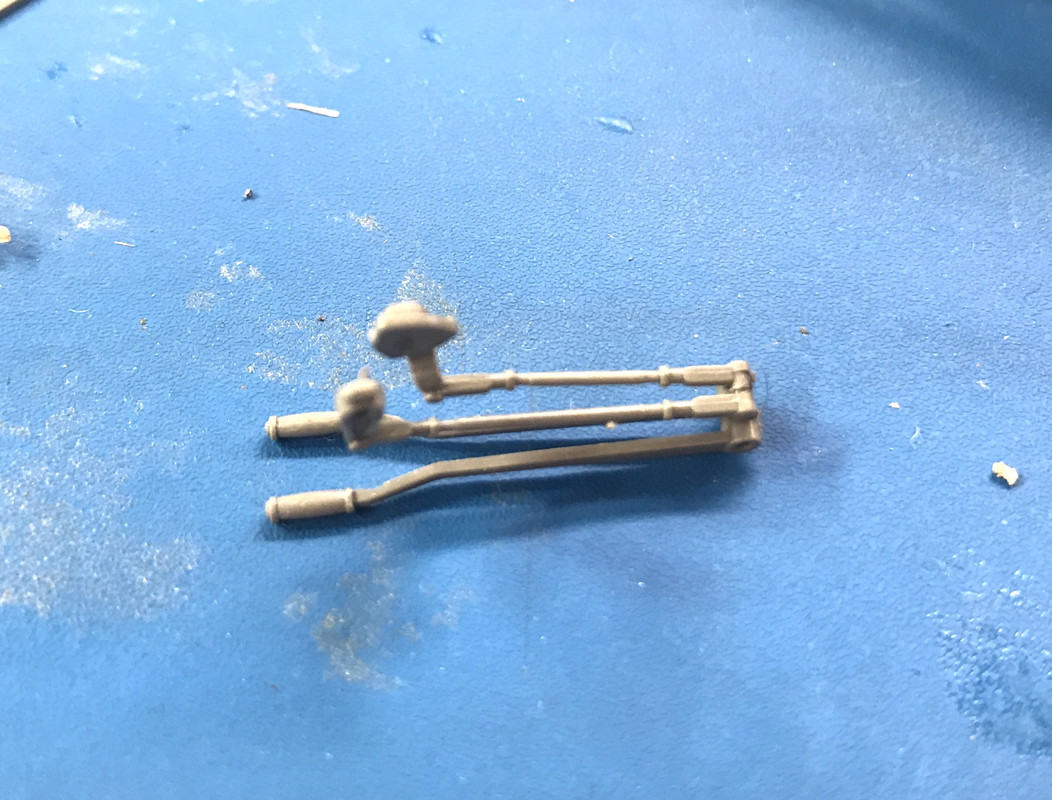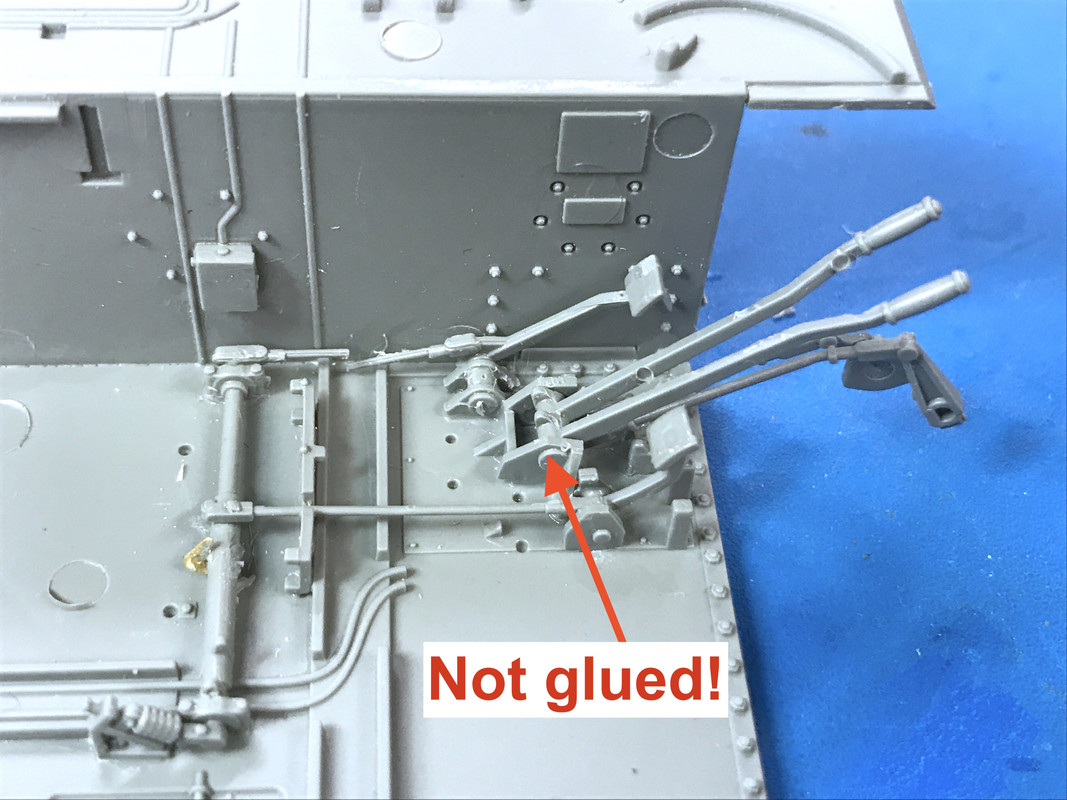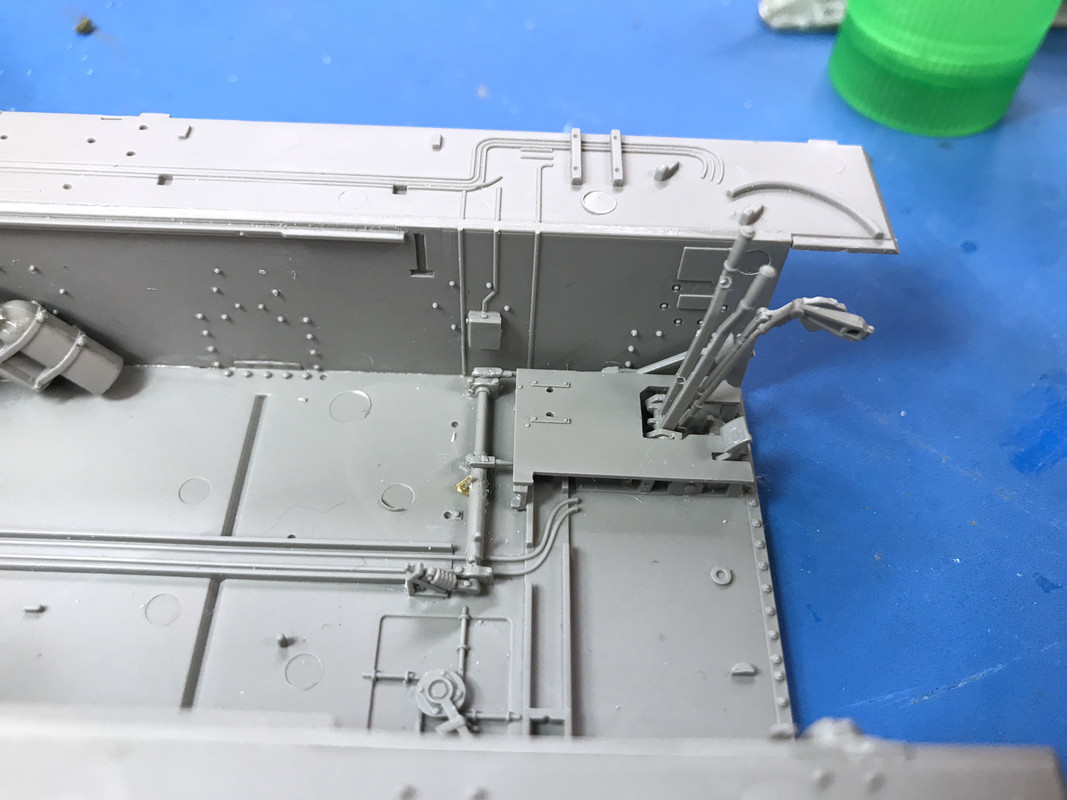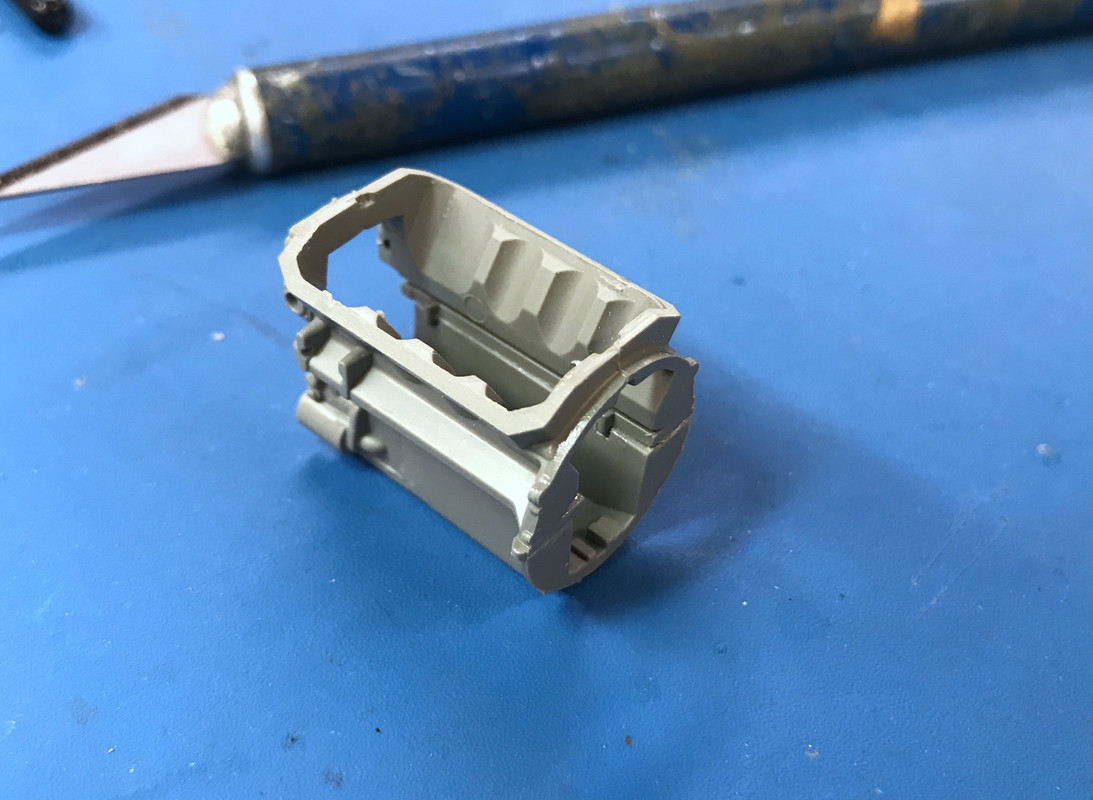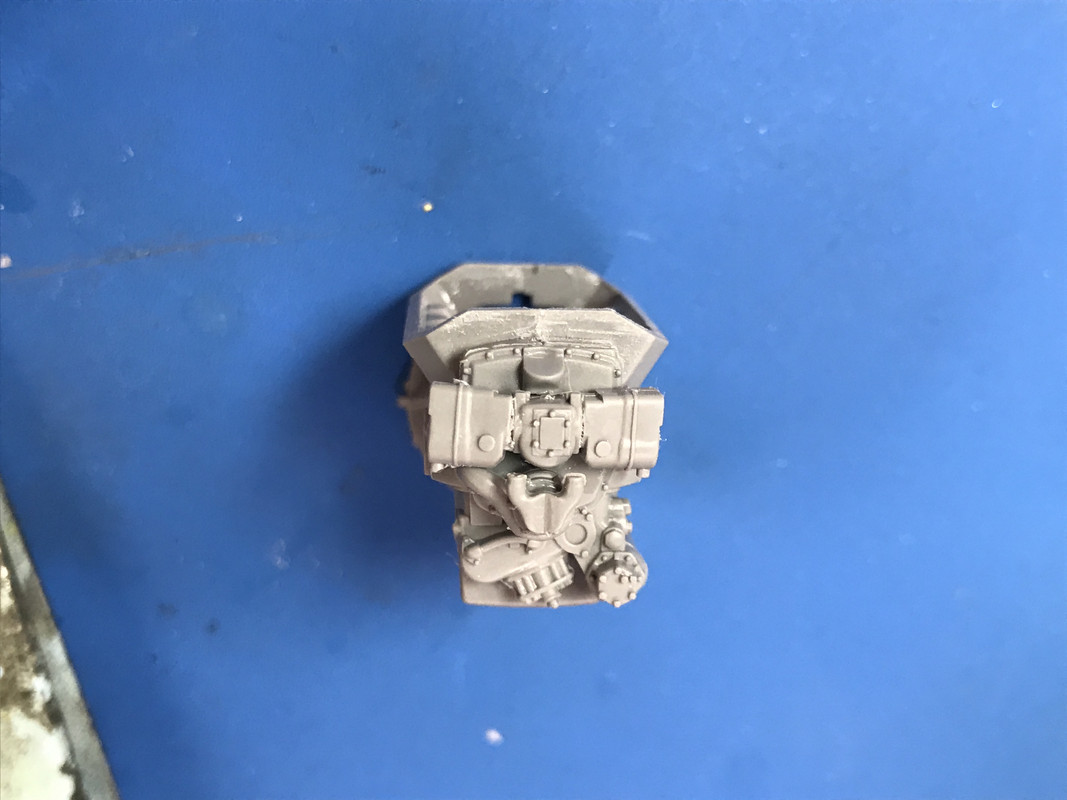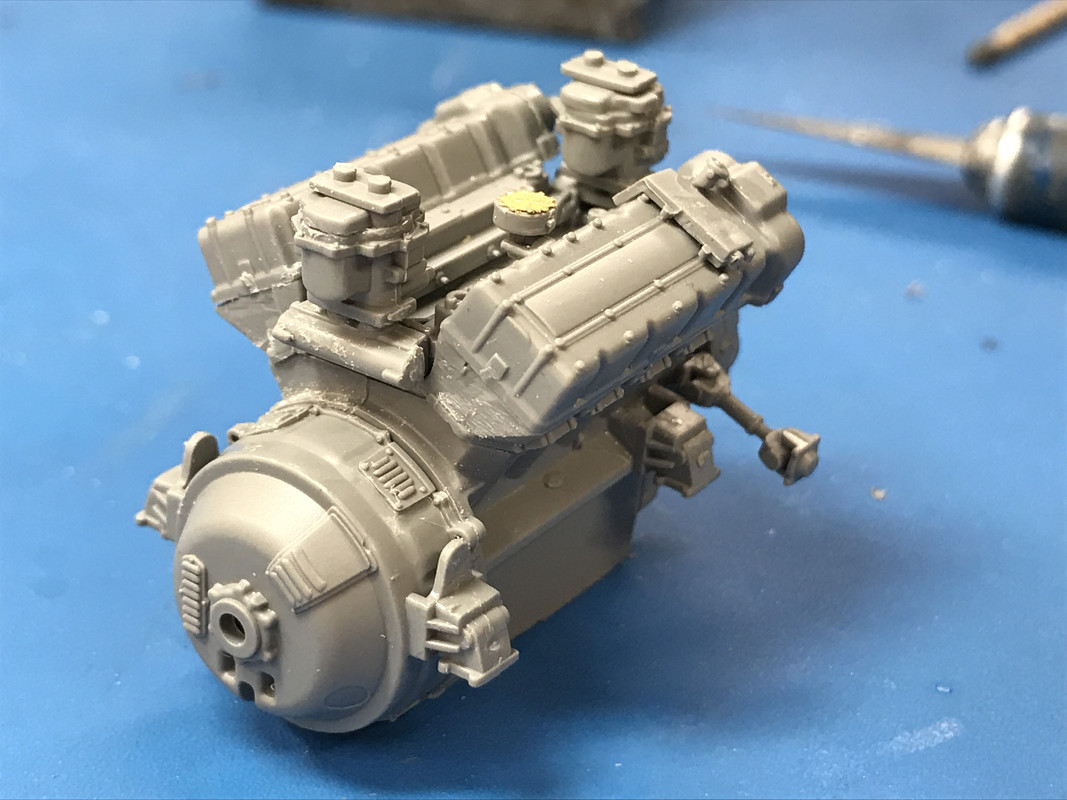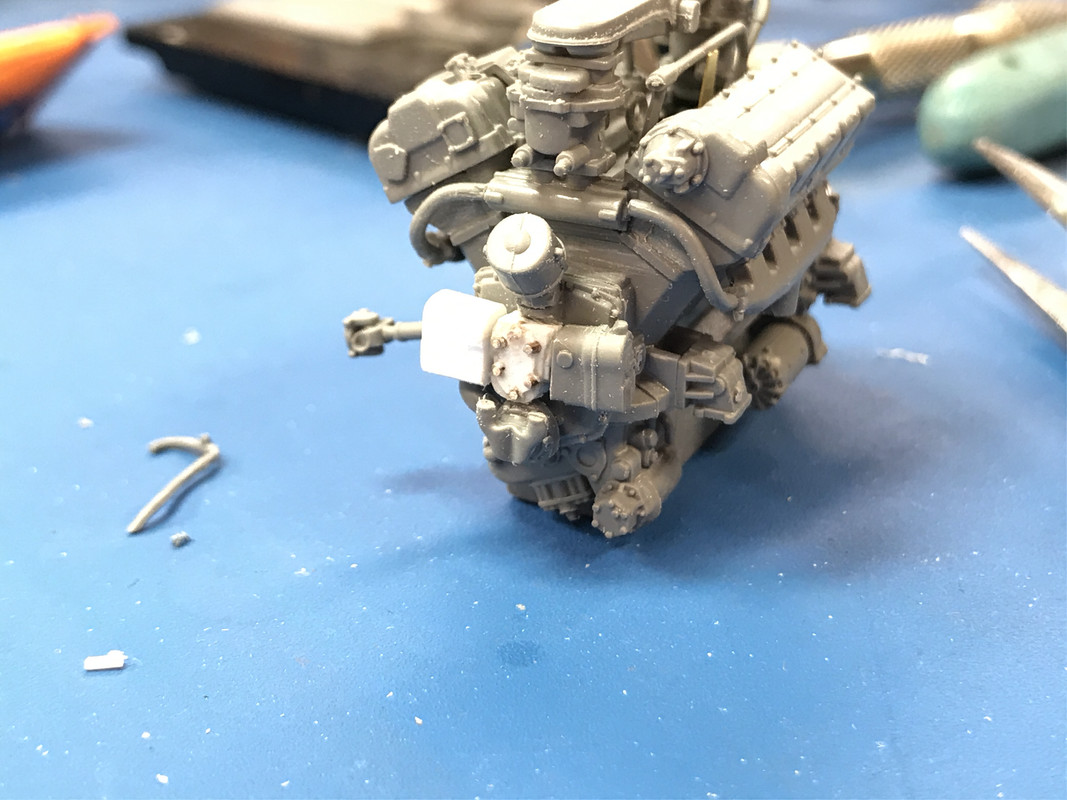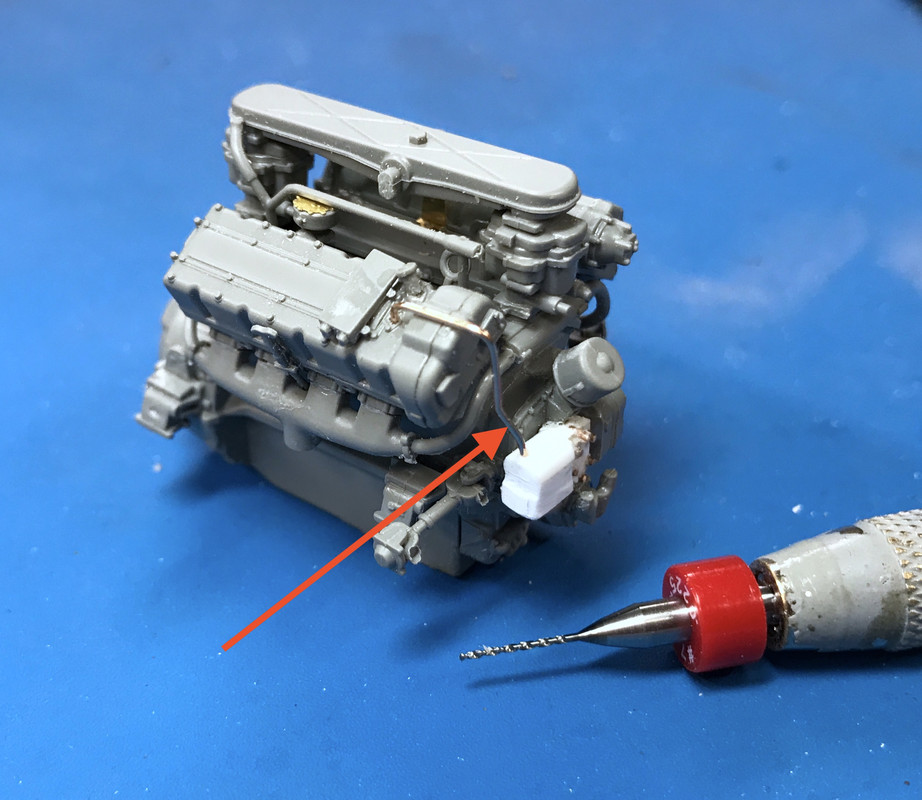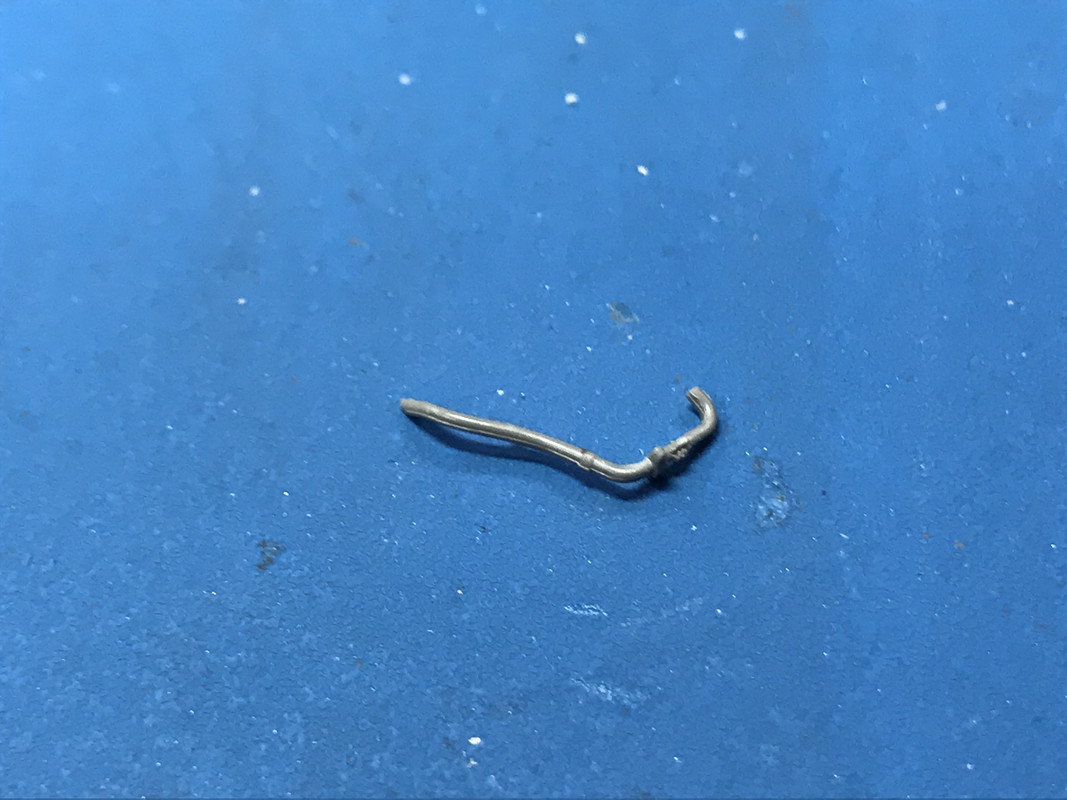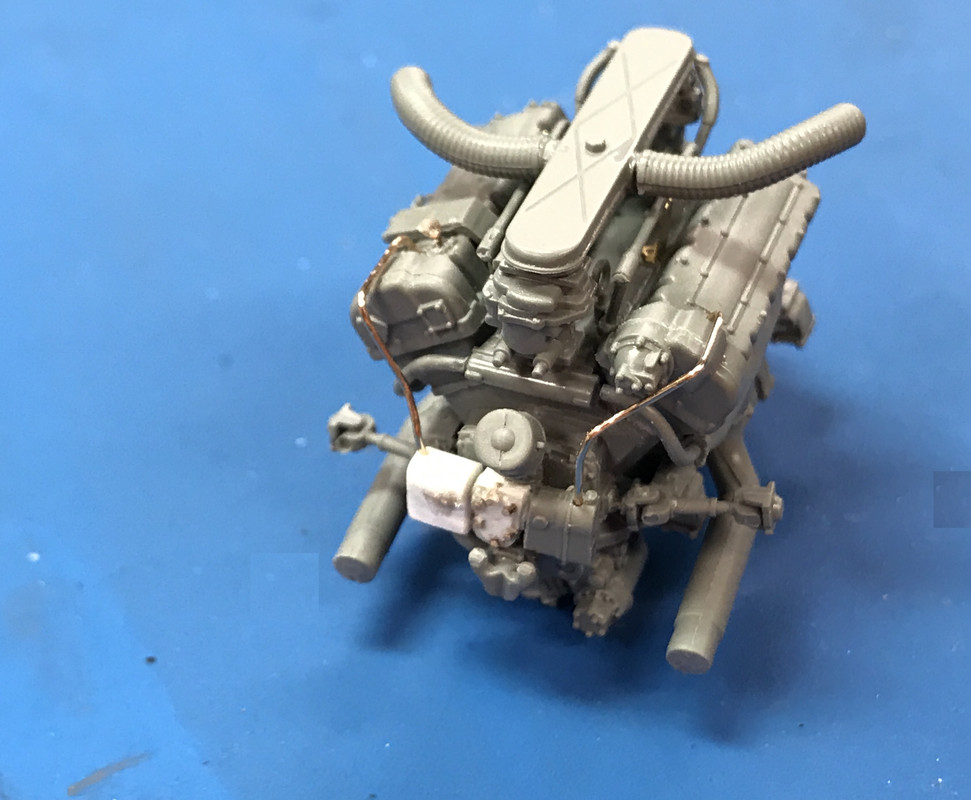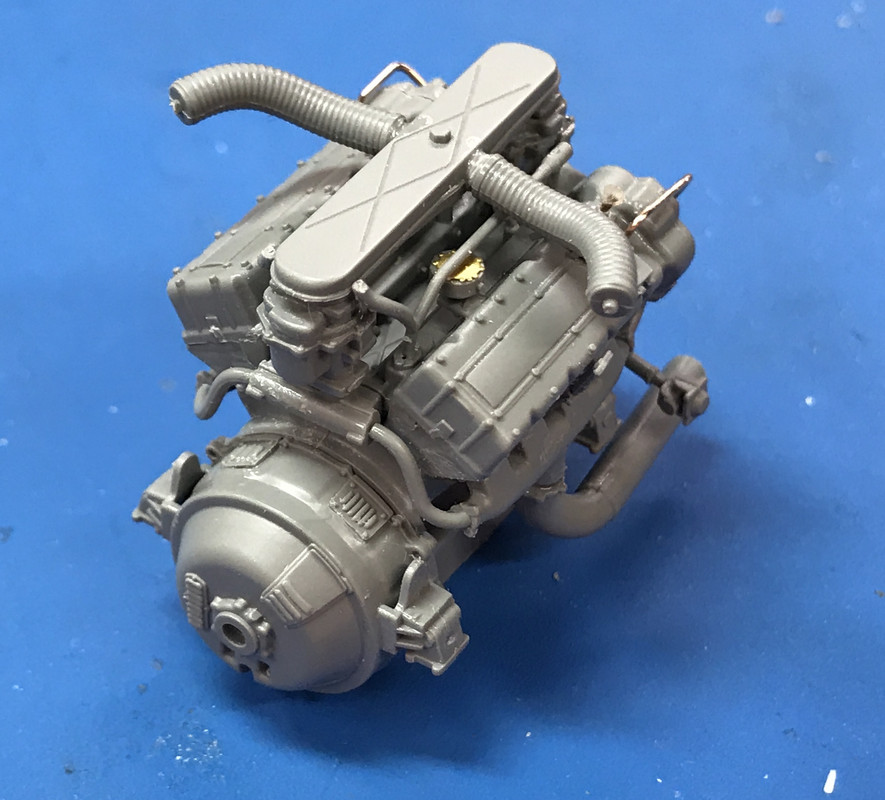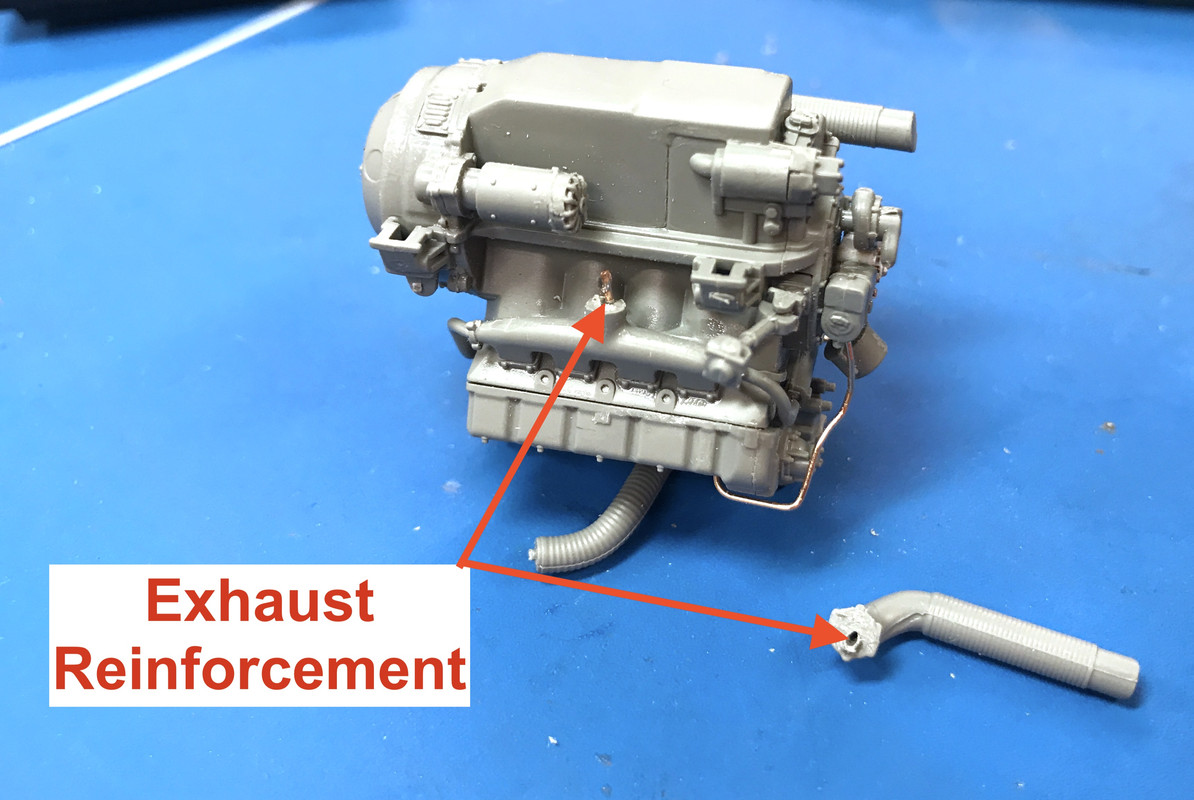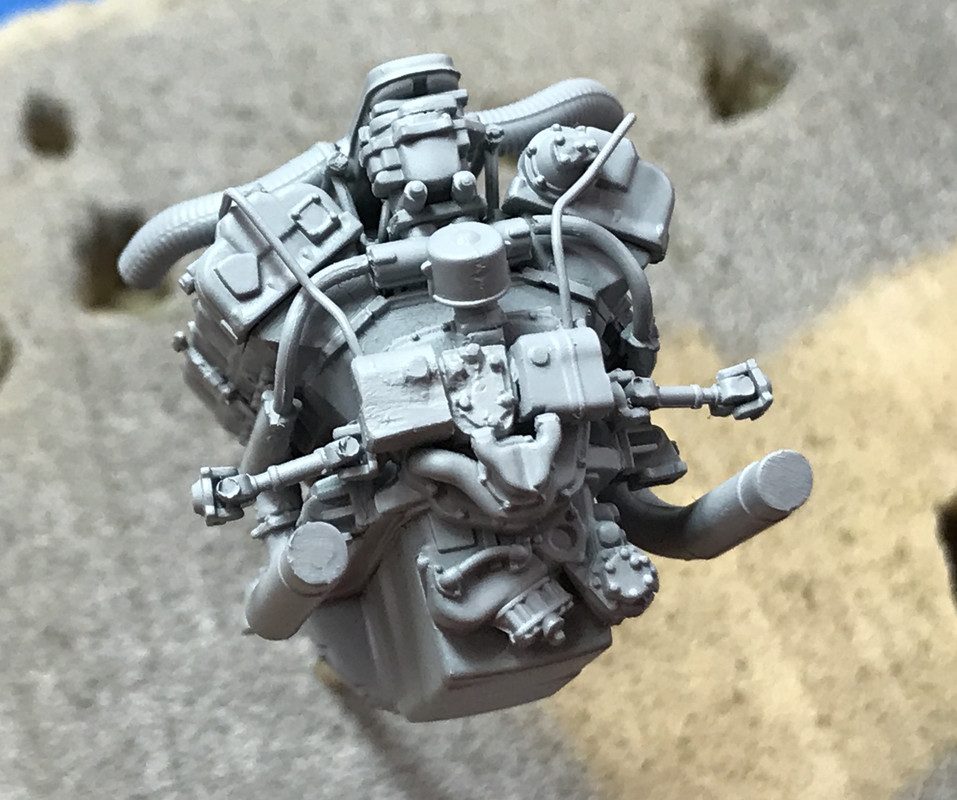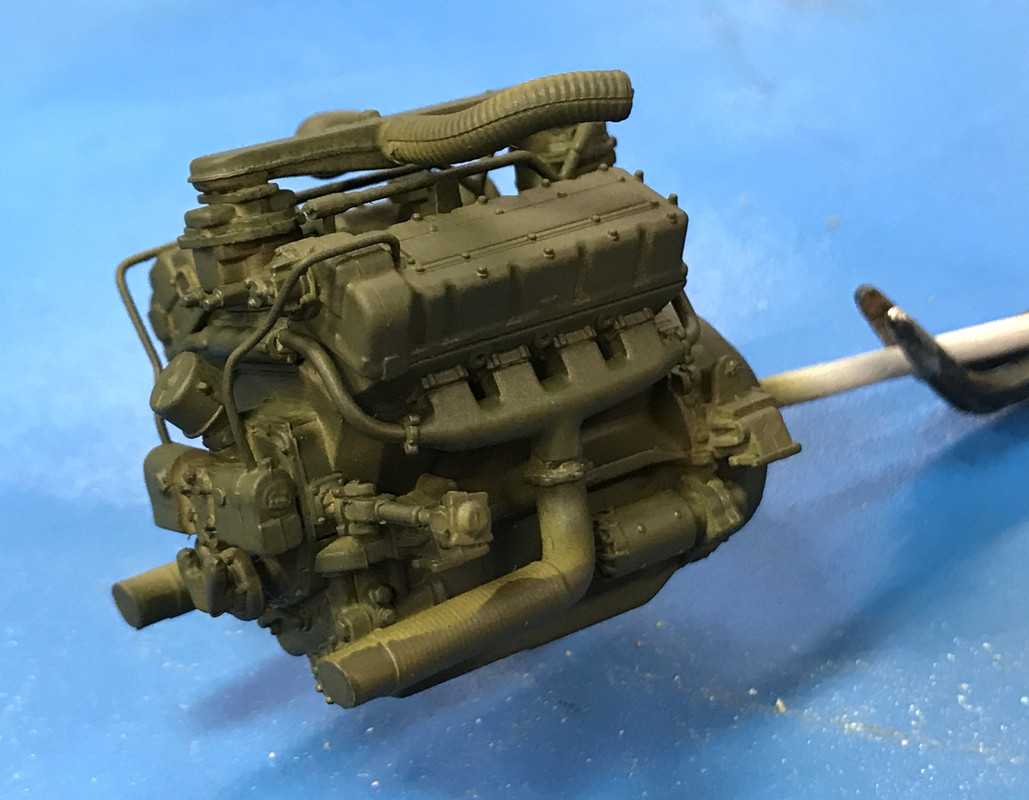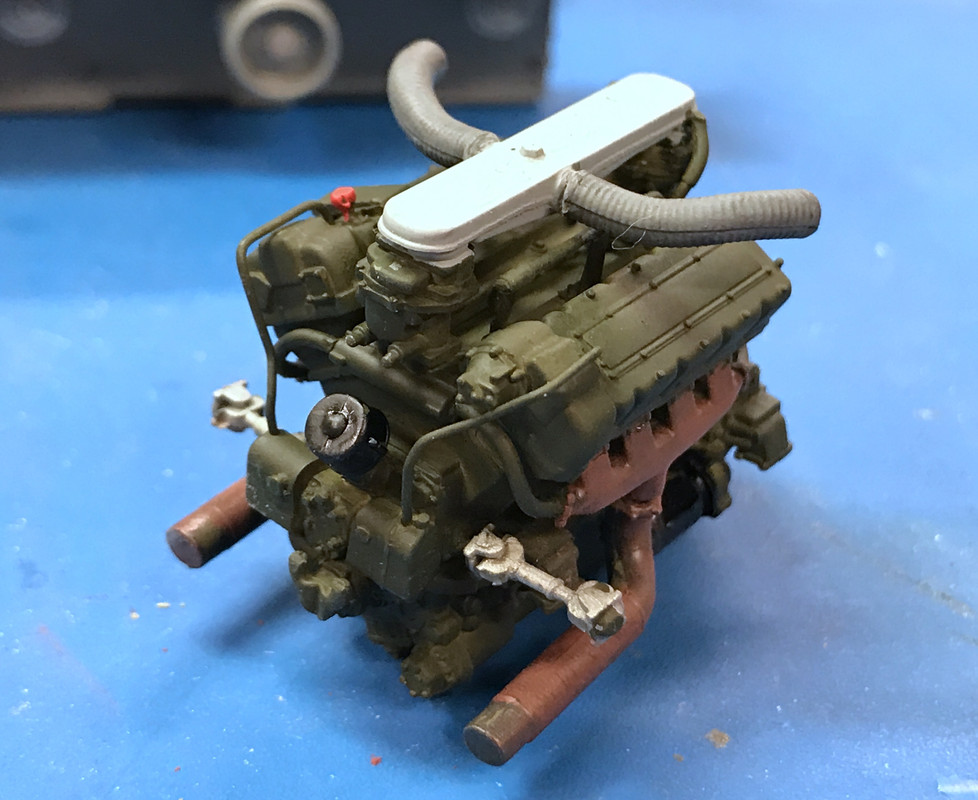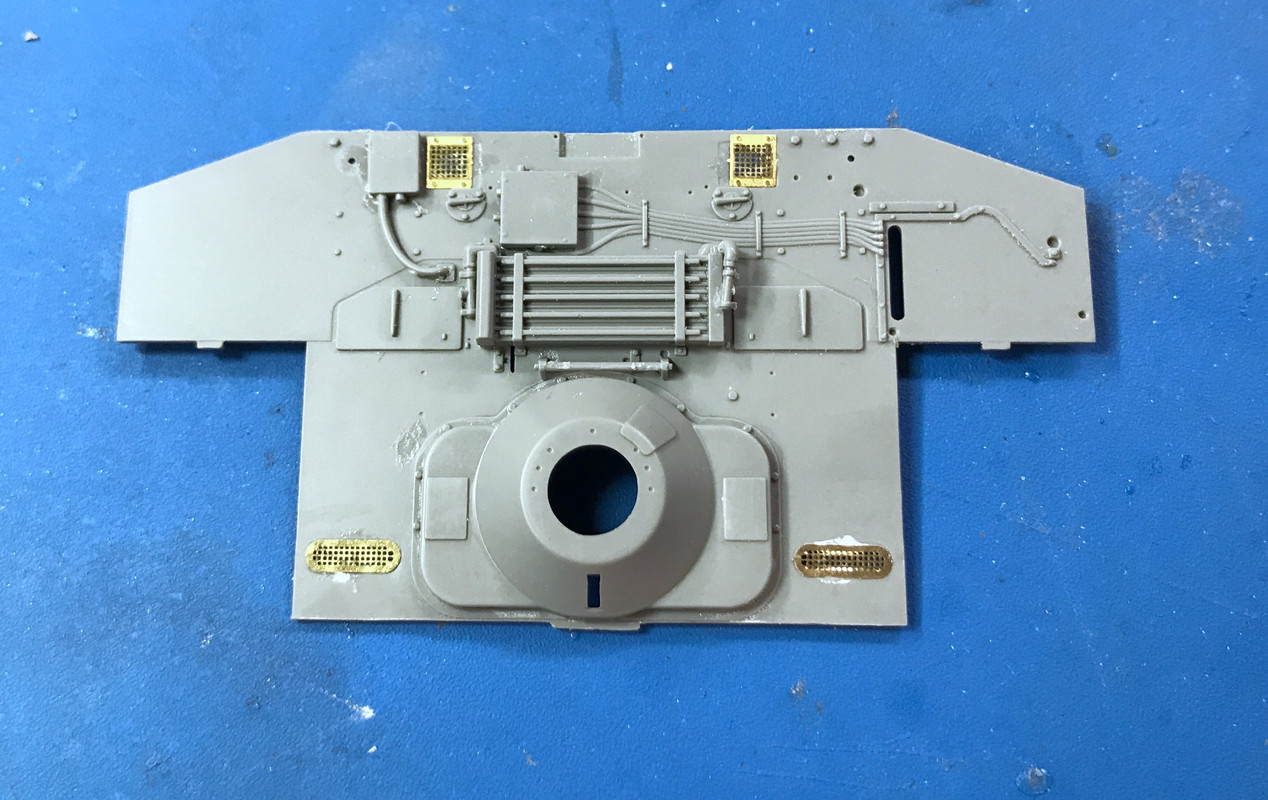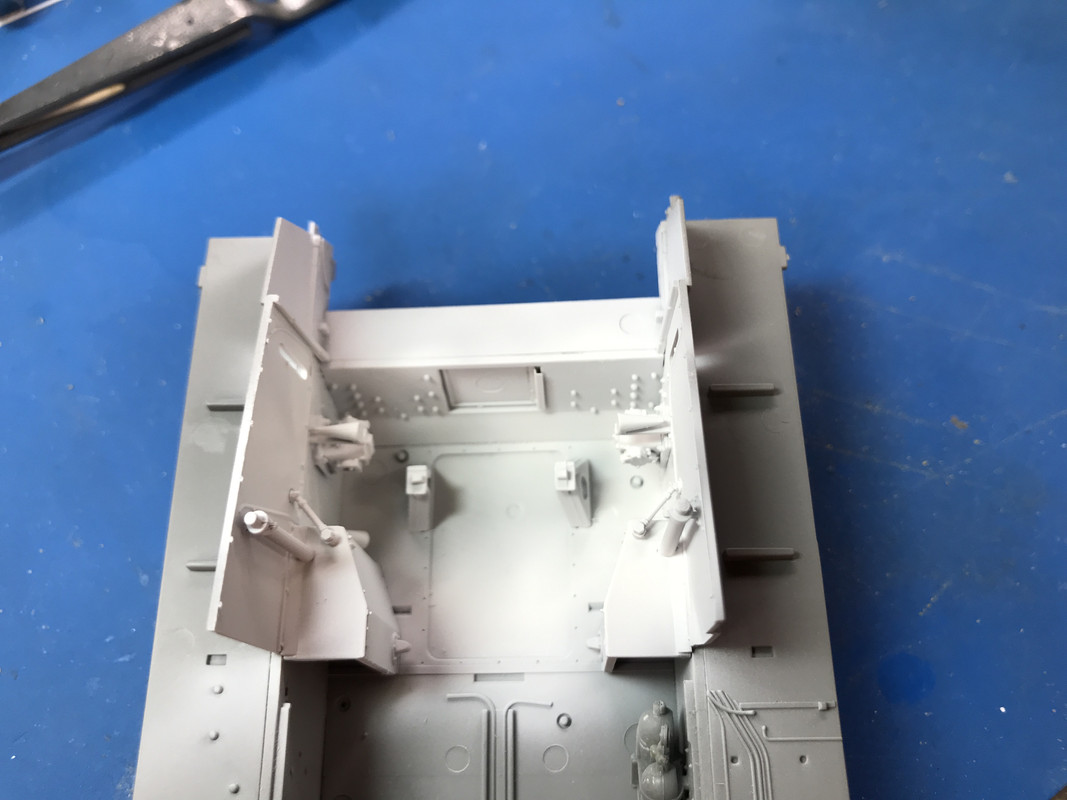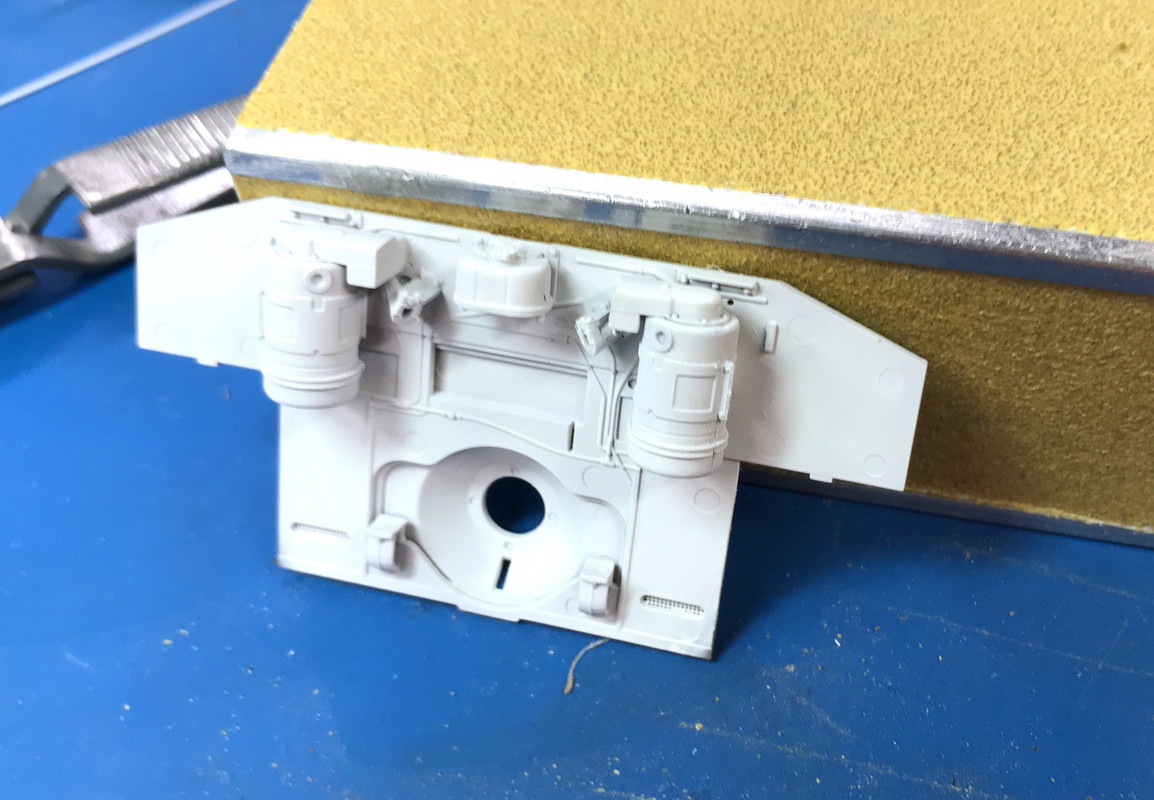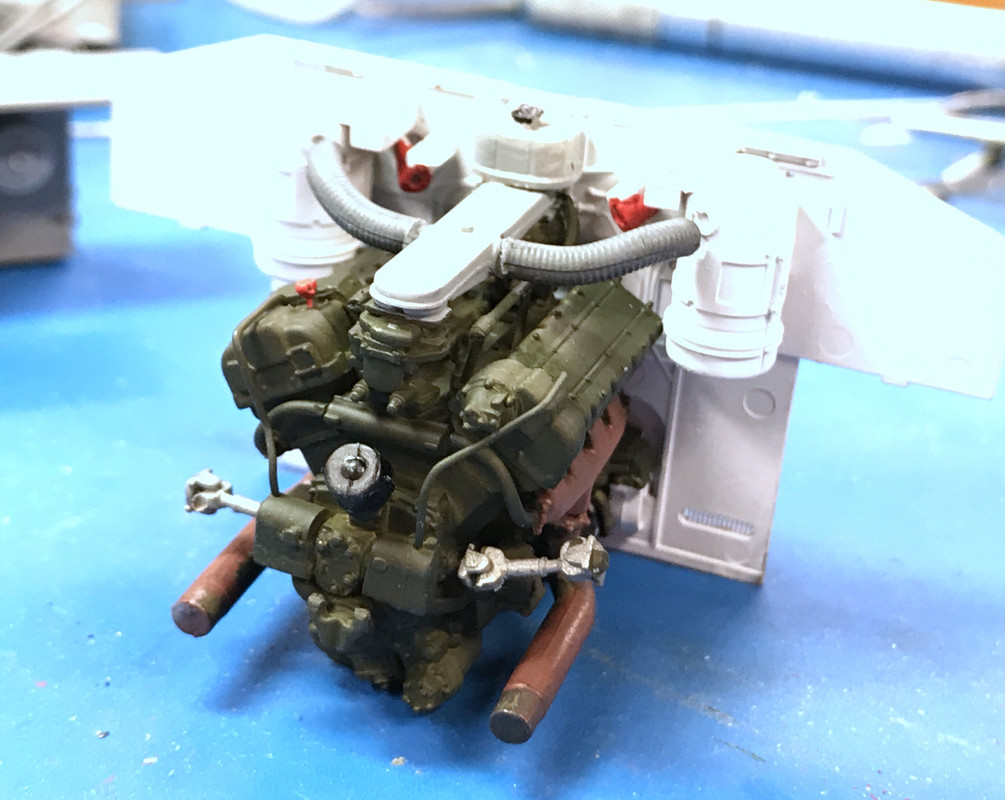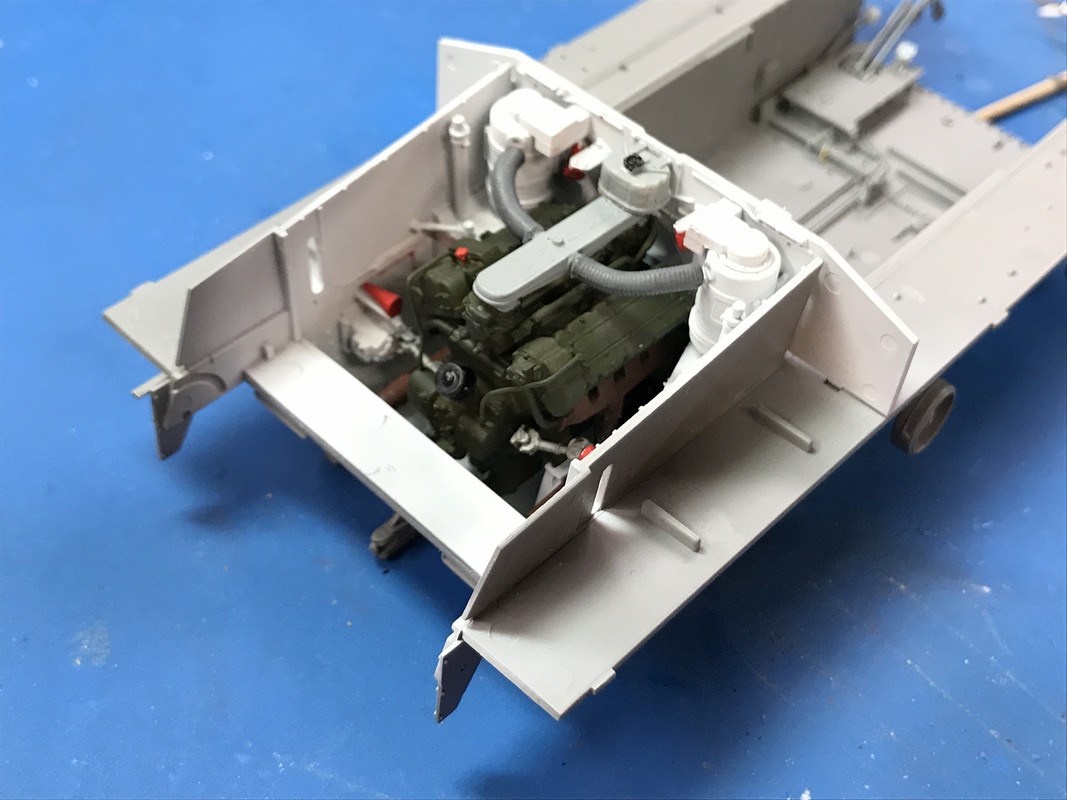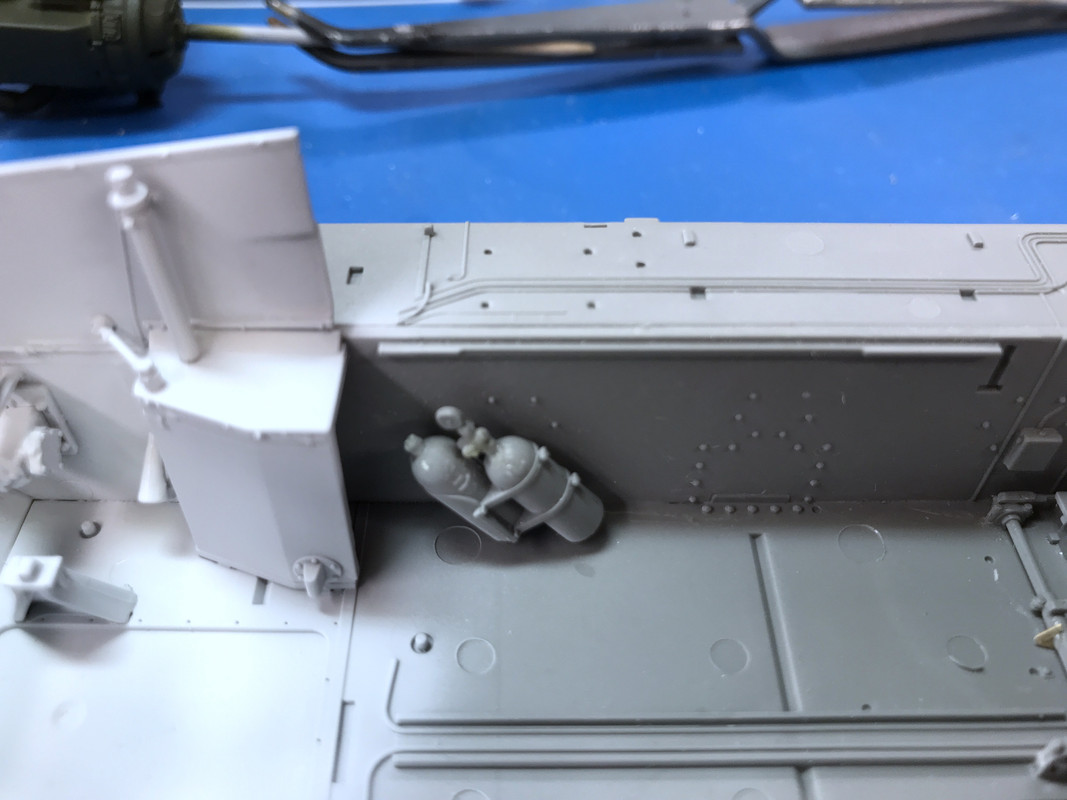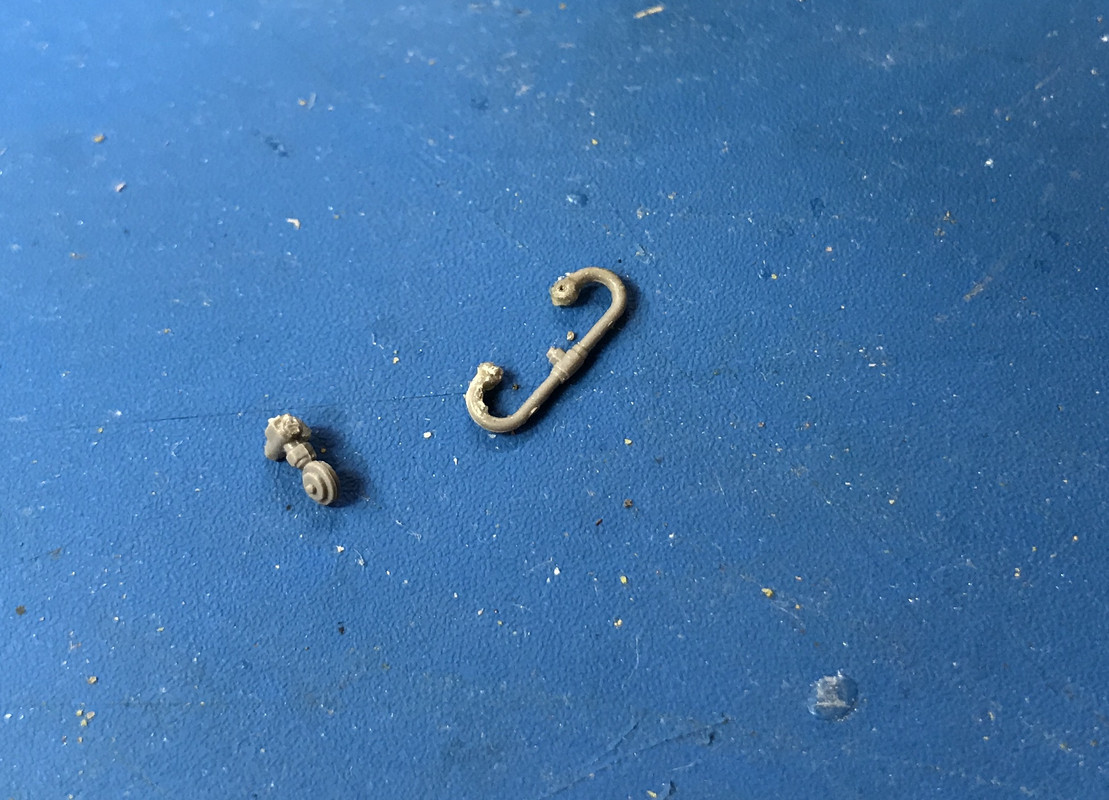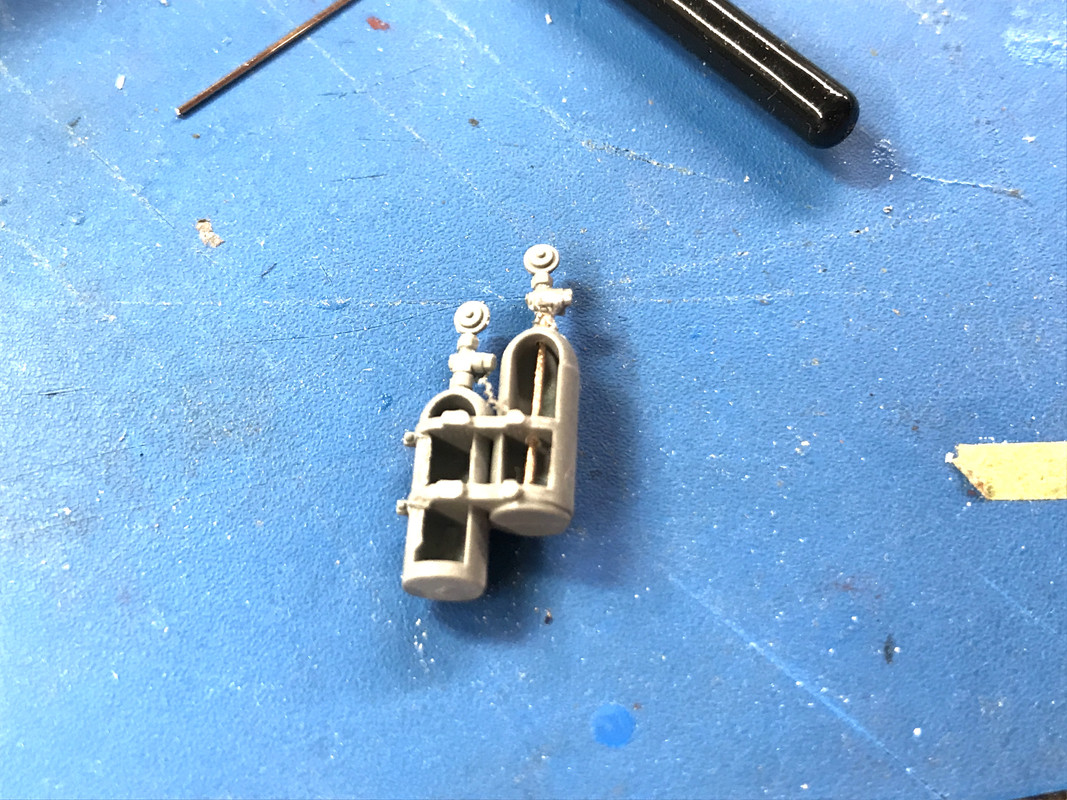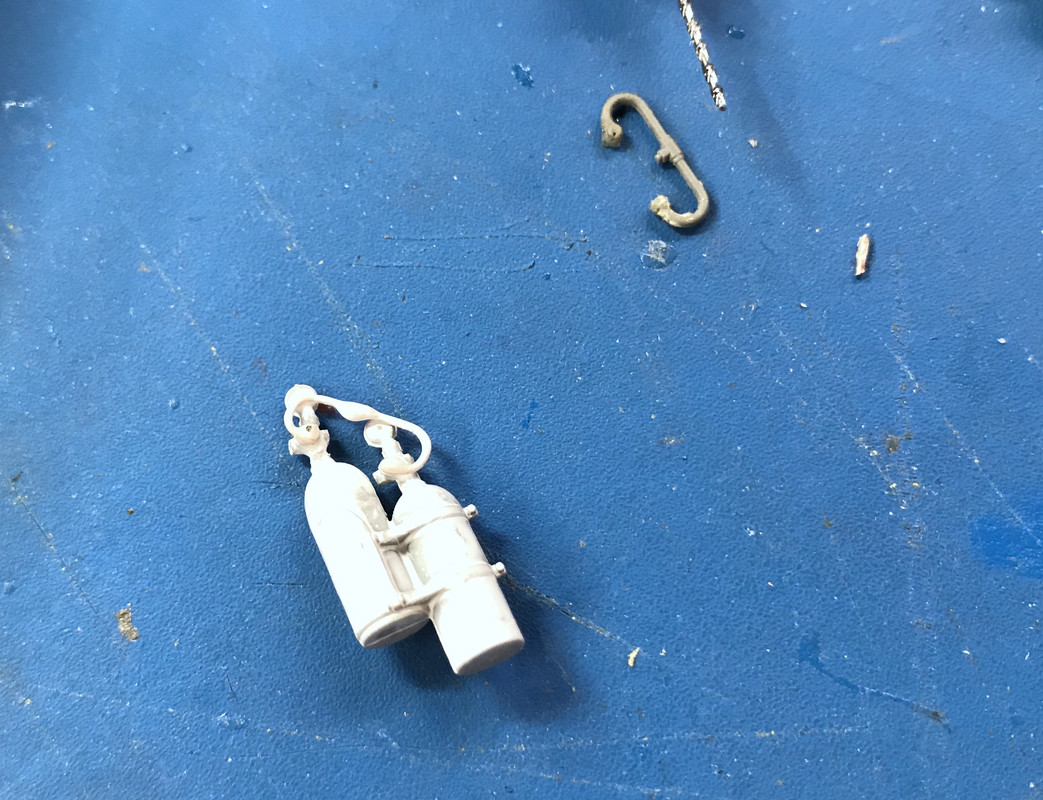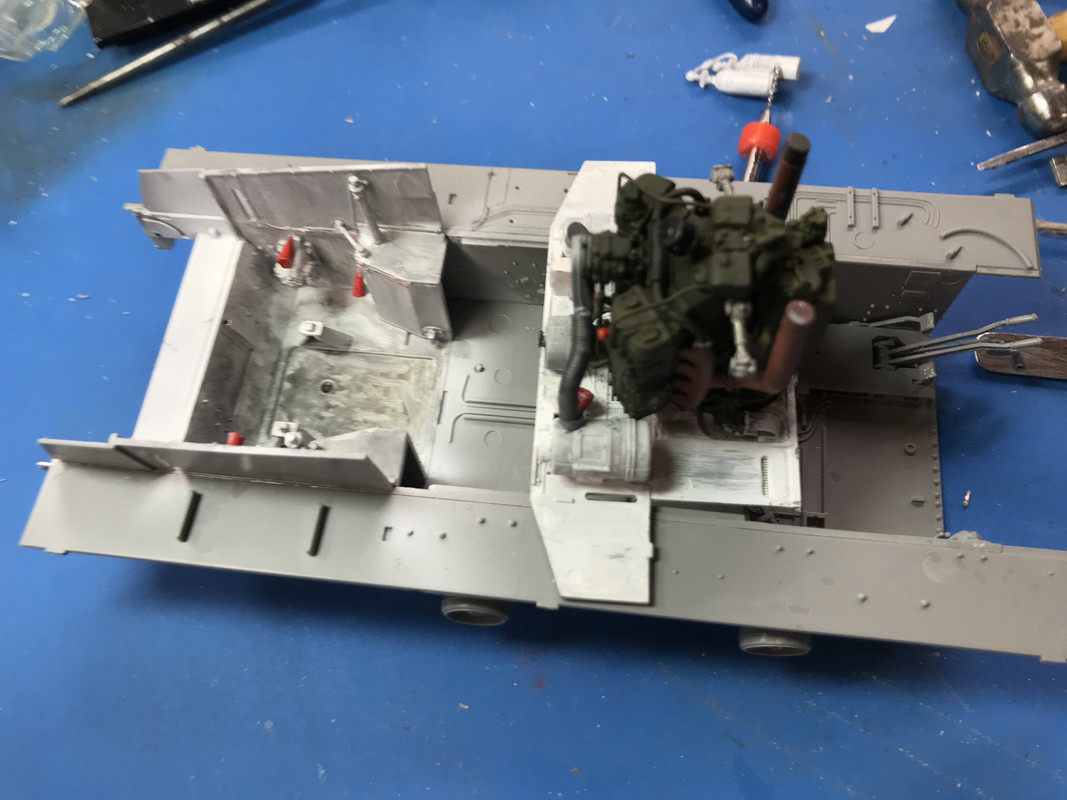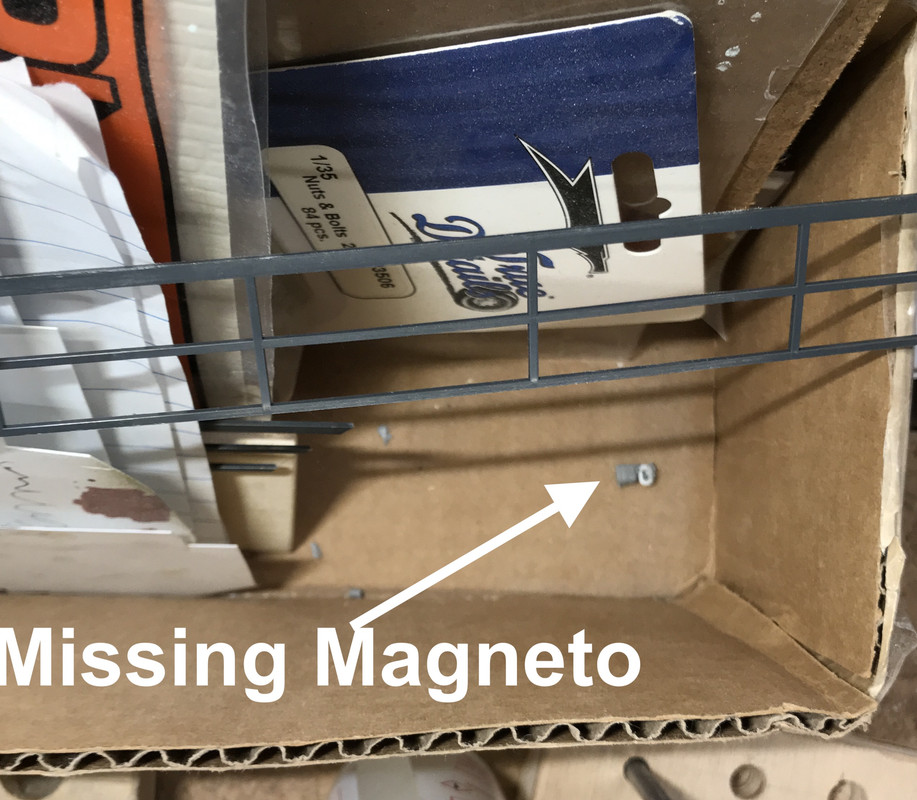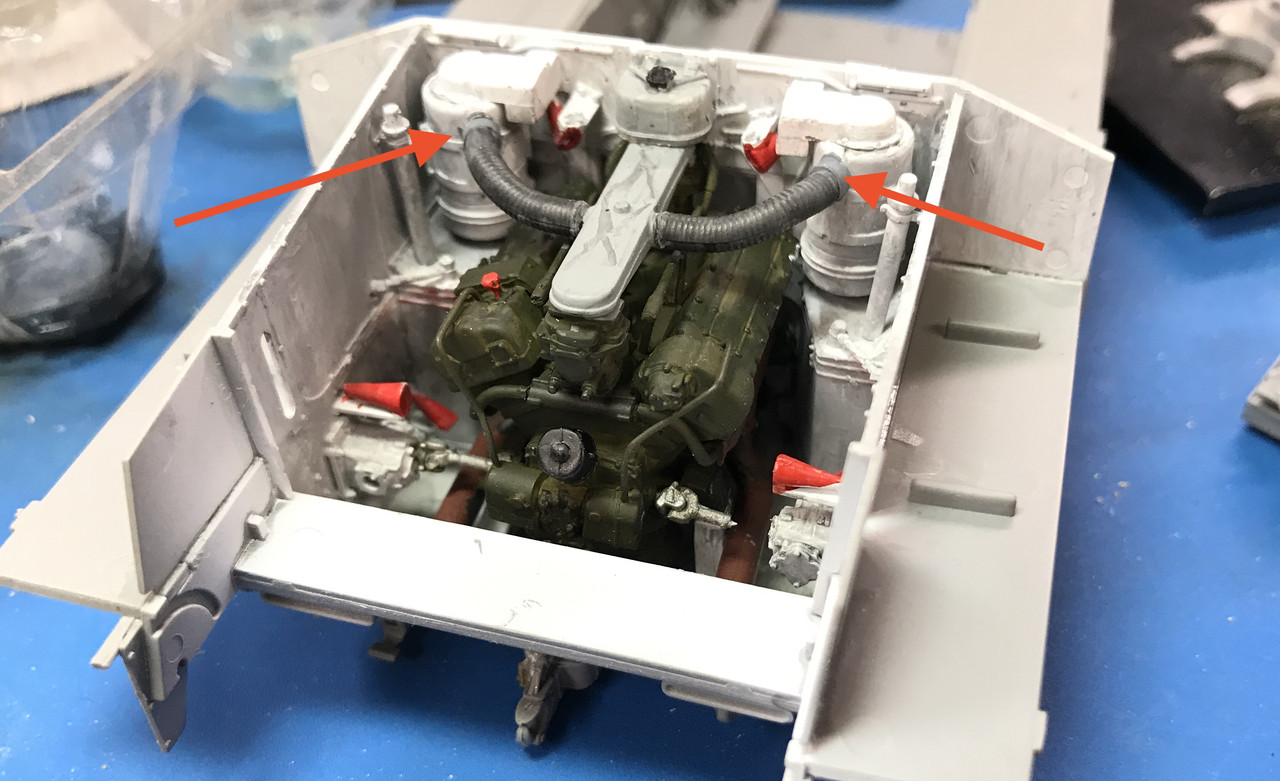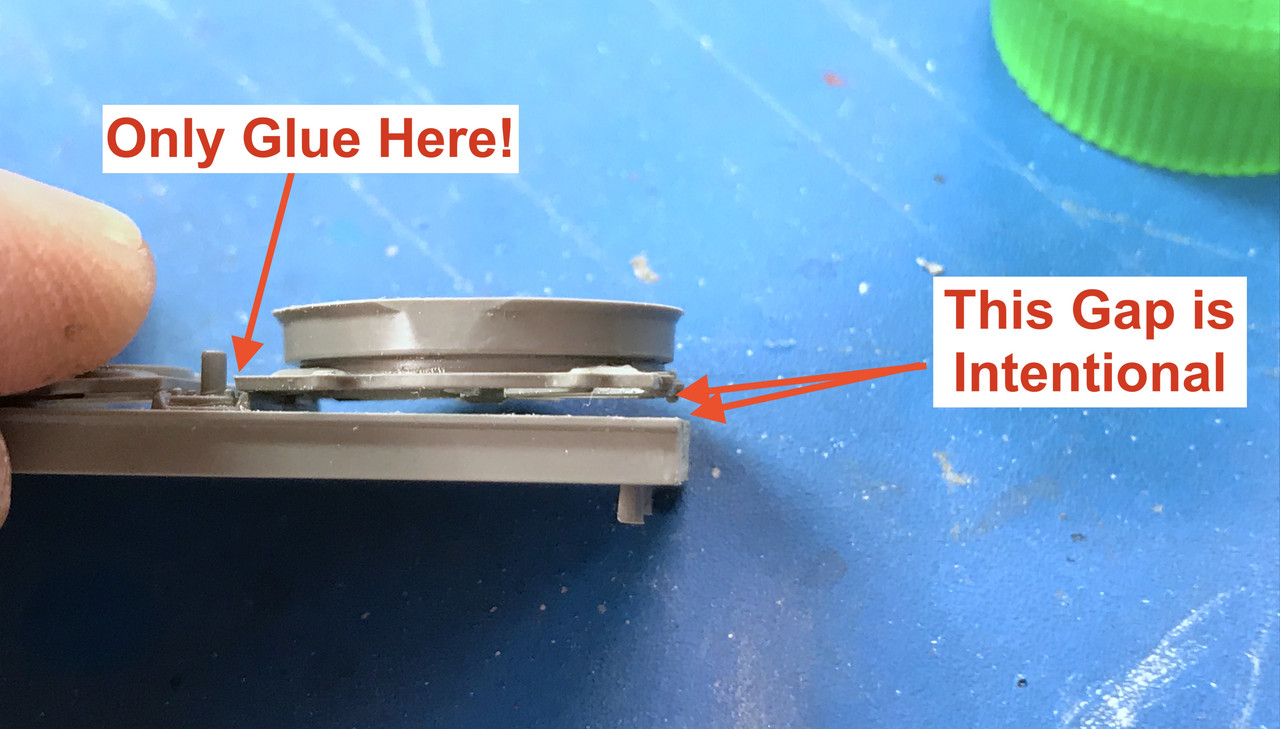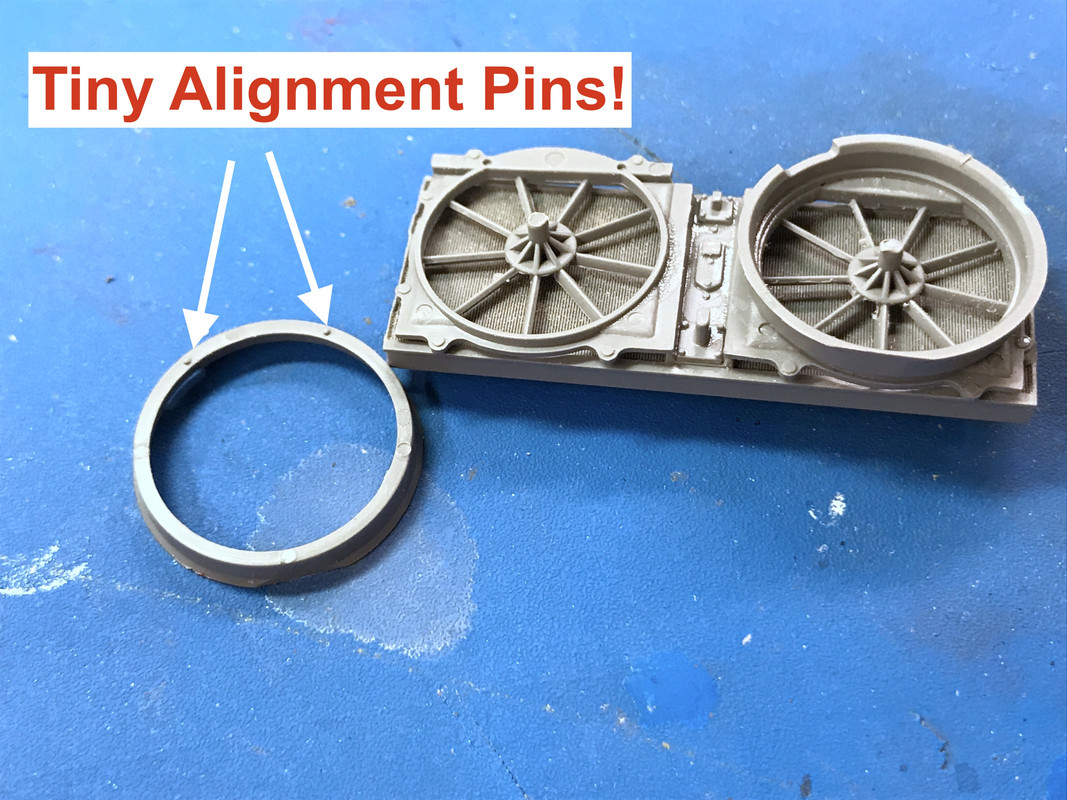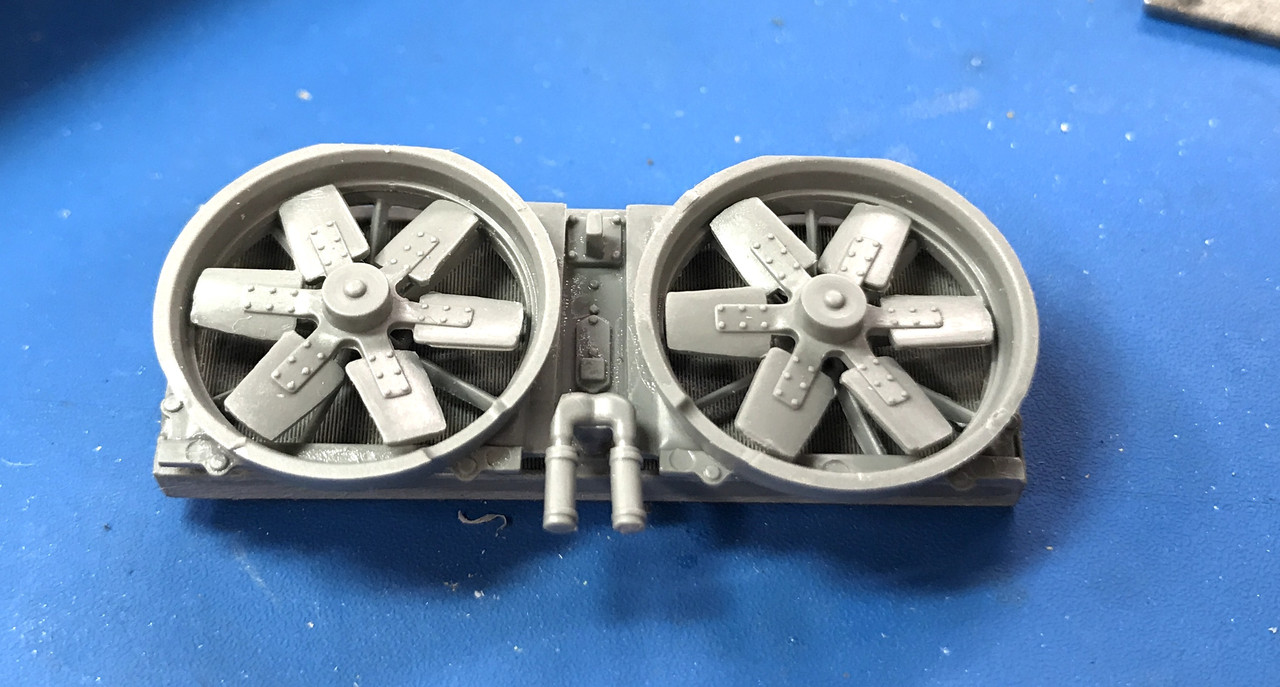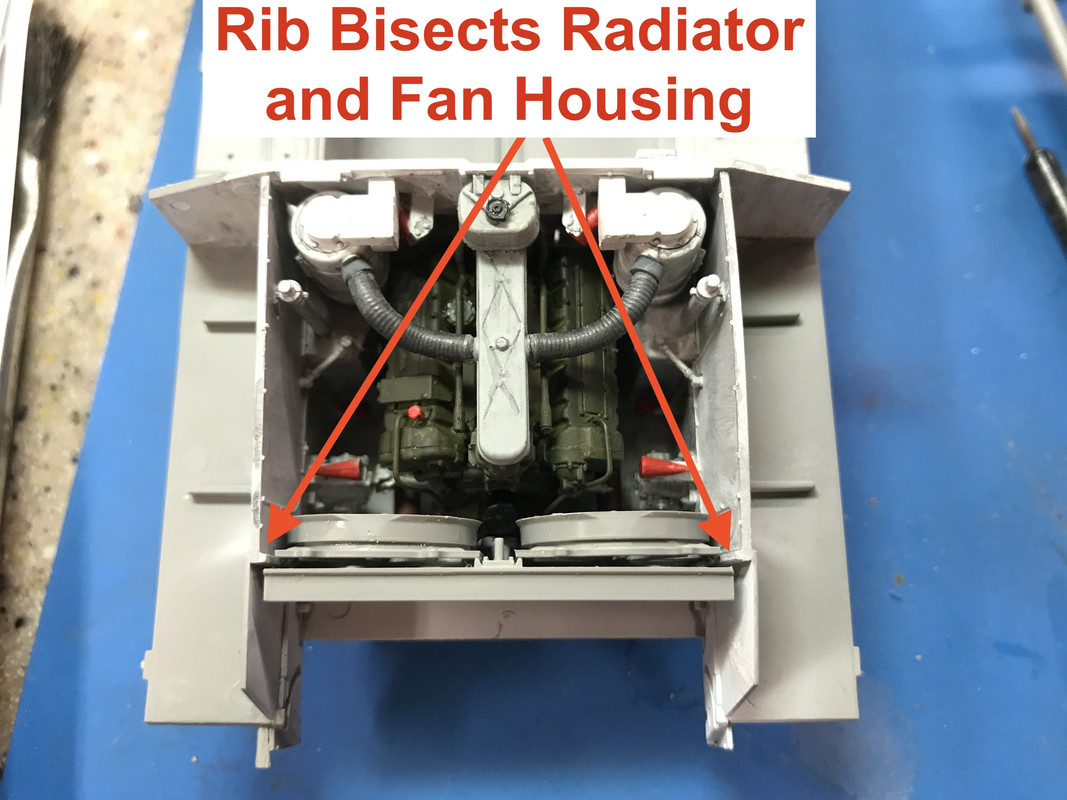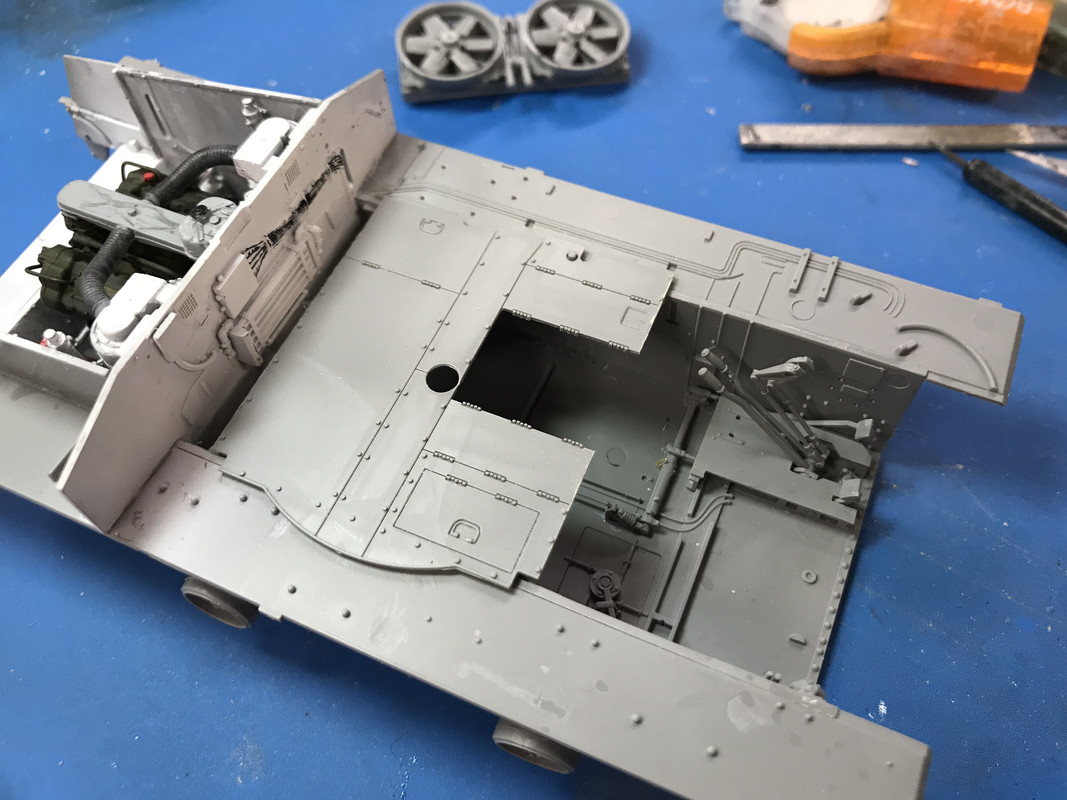I just finished another structure project for my model railroad: a backwoods cottage industry making railroad ties, that also features “Johnny B. Goode” “Carry his guitar in a gunny sack, and sit beneath the trees by the railroad track. The engineer would see him in the shade, strumming to the rhythm that the drivers made.” I had envisioned JBGoode sitting there when this kit “the Tie Hacker’s Cabin” first came on the market several years ago. I had to have it custom made by Shapeways. They had a guitar figure standing which I asked the artist to put in a cross-legged position.
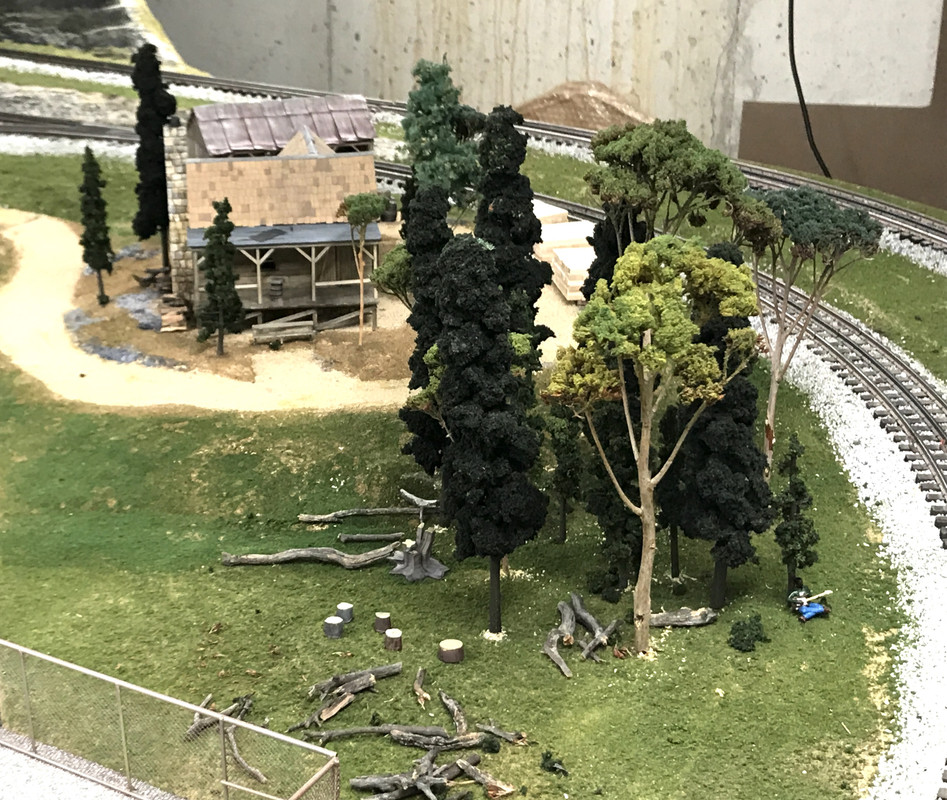
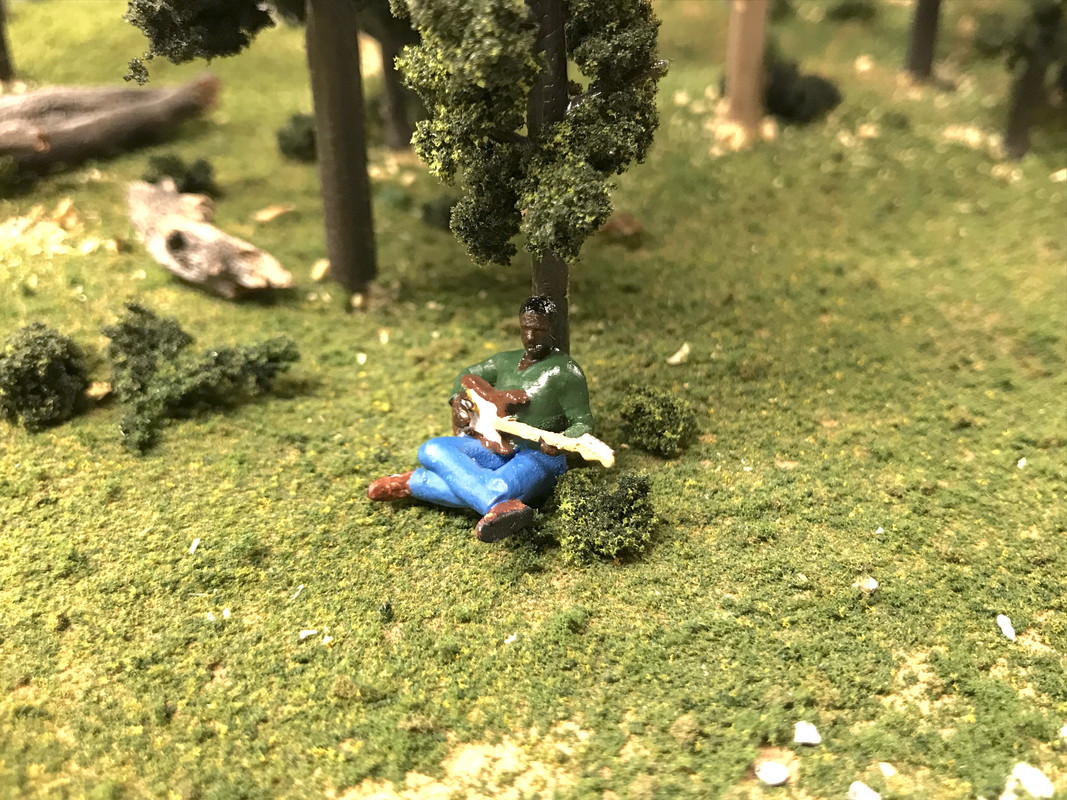
My approach is to build something for the trains and then do something in plastic. My last plastic was the Airfix Typhoon 1:24 Car Door Version that I documented in the FSM Aircraft Forum. My next project is this. I picked it up this week at Scale Reproductions Inc. It’s the recently released Rye Fields Sherman M4A3 76W HVSS with Full Interior. I missed getting the Abrams with Interior by the same manufacturer. I didn’t want to miss this one.
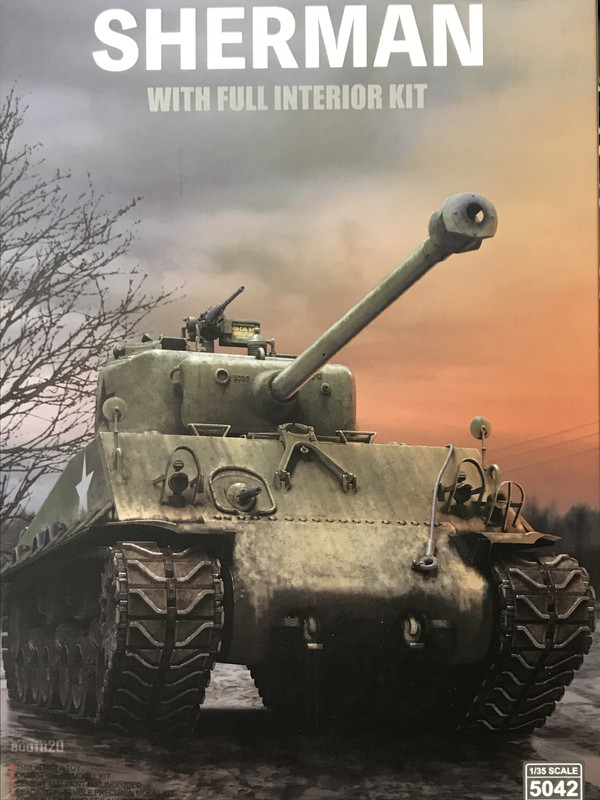
The kit is awesome in the fullest sense of the word. It has some PE, but there’s an aftermarket set with brass fenders that I chose not to get. I may reconsider. The kit lits over 1,900 parts, 900 of which are the multi-part tracks that are fully workable. That leaves another 1,000 just for a tank kit! I have a special place in my heart for the Sherman. It was the first military model I ever bought probably somewhere around 1955. I think it was Revell’s first Army model. The other is “Long Tom”. You never forget your first!
I often buy my kits on parts count and how thick is the instruction manual… I know… dumb. Anyway, of the kit’s 62 pages almost 75% are just to build the amazing interior. This is the same Sherman featured in Fury, and I happen to own that movie as on Apple TV so I started re-watching it yesterday to glean more prototype info. Even though you won’t see much (unless I rig it so the parts are displayed exploded), I’ll know it’s there and had the enjoyment and learning that goes along in building it.
In discussions I’ve read about Shermans versus Axis armor, it seems to be judged as follows:
It was a good balance between hitting power, mobility, protection and crew comfort. It excelled only in crew comfort with it’s high stature leaving lots of interior room for humans and ammo. The stature also gave the crew more visibility of the battle space, but also made them a bigger target. Most of ammo was below the deck, and in ths 76W model, stored in ethylene-glycol to prevent flash off in case of fire. It worked until crews starting adding more ammo scattered around in unprotected spaces. And, the Sherman was the only tank at that time of the war that had a gyro-stabilized main gun. It enabled them to shoot on the run and gave them a strategy where they could pre-align the gun, rise up out the revetment and fire before the enemy had a chance to react. It was a game changer. I didn’t realize the Sherman had this capability until seeing a video about it. The gun was so well counter-balanced that it could be raised or lowered with a finger when the elevation gearing was disengaged.
Of course the Tigers were bigger and packed a bigger gun, but there weren’t very many of them, it was late in the war and Germany was logistally challenged, while we were building more and more of them. What we didn’t deliver in fighting power, we delivered in sheer numbers. US tactics always had Shermans going off in groups of five. Even if there was a Tiger, it was a 5:1 proposition.
We continuously learned during the war and kept upgrading the tank in every category until the next interation of lower-profile tanks was born with torsion bar suspension. Of course the Germans already had torsion bars. The engines evolved from a Continental radial to the massive V8 G44 Ford gasoline beast that produced over 500hp and over 1,000 ft pounds of torque. The engine was a true dual-overhead cam, four-vlave-per-cylinder affair that was modern even measured against today’s standards. Cams were all gear driven which imparted robustness to the design. There were diesel verisons also. The engine was never taxed to its limit in Sherman service. This model represents a late model Sherman that saw action in 1945.
I viewed some video reviews of this Rye Fields model WITHOUT the interior and it was an early kit that showed some very noticeable mold seam lines. Although I have’t debagged any parts yet, I noticed no seam lines. The kit is molded in gray plastic and it almost flawless from what I can tell looking through the celophane. It can be decorated in three versions. I haven’t decided on which yet. It also has a choice of three drive sprokets configurations. Again, I haven’t picked and since the kit gives no guidance on this, have absolutely no idea on what to base my choice. Some help from the audience will be helpful. I’ll post images of the three and you folks can tell what is what.
Construction will begin in a couple of days. Enjoy the ride!
